Media | Articles
Cadillac’s Celestiq is poised to recapture the standard of the world
Like countless other companies, automotive and not, Cadillac wants an electric vehicle to make its greatness known. Fresh from a visit to GM’s Design Dome in Warren, Michigan, we can vouch for one thing: This EV ain’t like the others.
For starters, it’s $300,000. At minimum. If you’re upset by that figure, you aren’t the target audience. The Celestiq is a made-in-Detroit statement of ten-figure money. Regular folks can’t even visualize their dreams on an online configurator, in part because there is no set list of paints, leathers, fabrics, or finishes: Each car will be bespoke, the result of one-on-one interaction between the automaker and the customer. Plenty of manufacturers above Cadillac’s price point offer online visualizers—see Pagani—and also accommodate the most particular of client wishes, so take Caddy’s statement of exclusivity at face value. Not for you.
Boy, will you want one.
The car is imposing, a low-slung four-door whose graceful, lift-back proportions belie its massive size. Take a gander at the wheel diameter: 23 inches, one inch larger than those on the Escalade SUV. Yet the Celestiq sits comfortably on the giant rims, which are shod in custom, Cadillac-commissioned Michelins, their sidewalls embossed with a Celestiq-specific design.
The fluid surfacing and the precise creases in the car’s body subtlely signal the great expense of its construction. From the beltline down, front to rear, the car’s structure is comprised of eight pieces of sand-cast aluminum, whose rigidity mimics that of die-cast metal. The hood is a single sheet of delicately creased carbon fiber draped over the fenders to the headlights. The doors hide a short-range radar system that allowed designers to dismiss handles entirely: Walk up to the vehicle with the key in your pocket, and the door will either swing fully open or “present” an edge to you, depending on the proximity of pillars, walls, and other cars.
Marketplace
Buy and sell classics with confidence
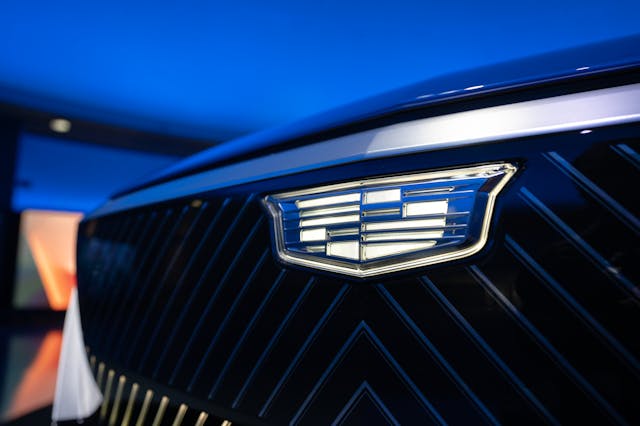
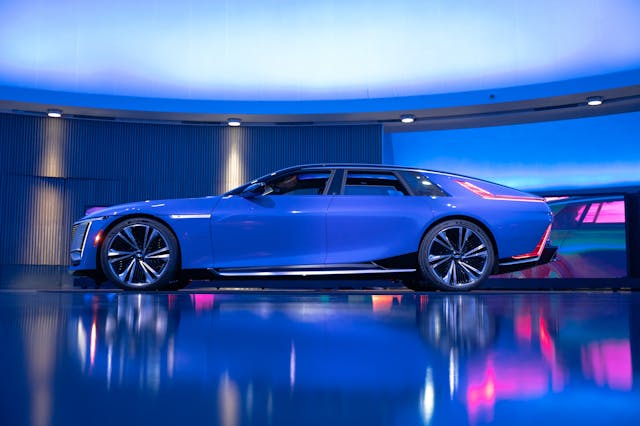

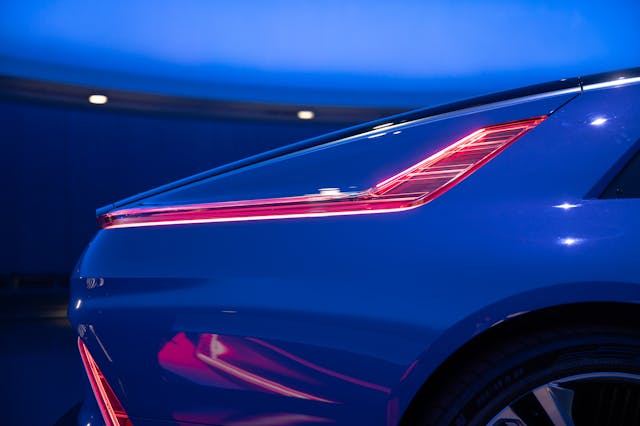
Lucid’s triple-motor, 1200-hp Sapphire boasts twice the horsepower of this dual-motor Cadillac, but if you’re comparing the two, you’re already on the wrong foot. Think of Bentley, and its “adequate” power: No one driving or being chauffeured in a Celestiq wants anyone to mistake them for a Tesla-esque blur. The Celestiq’s job isn’t to be the first high-tech EV, or even the most customizable Cadillac: It is to be Cadillac’s Veyron, a superlative, new-world interpretation of old-school prestige.
For nearly 80 years, Cadillac has again and again fallen prey to its own lofty condemnation, failing to equal or to excel. With the Celestiq, Detroit once again risks the penalty of leadership. For that alone, Cadillac deserves to live.
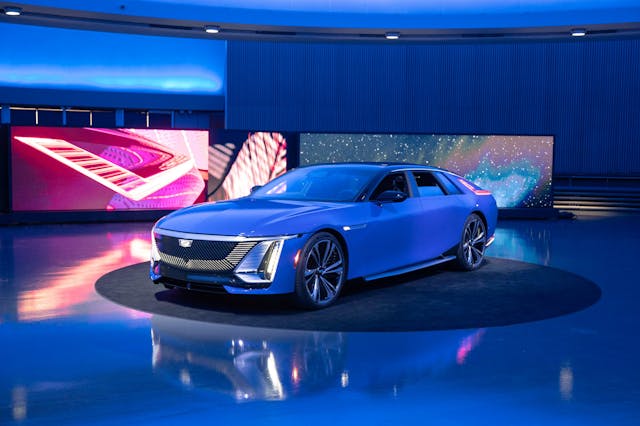
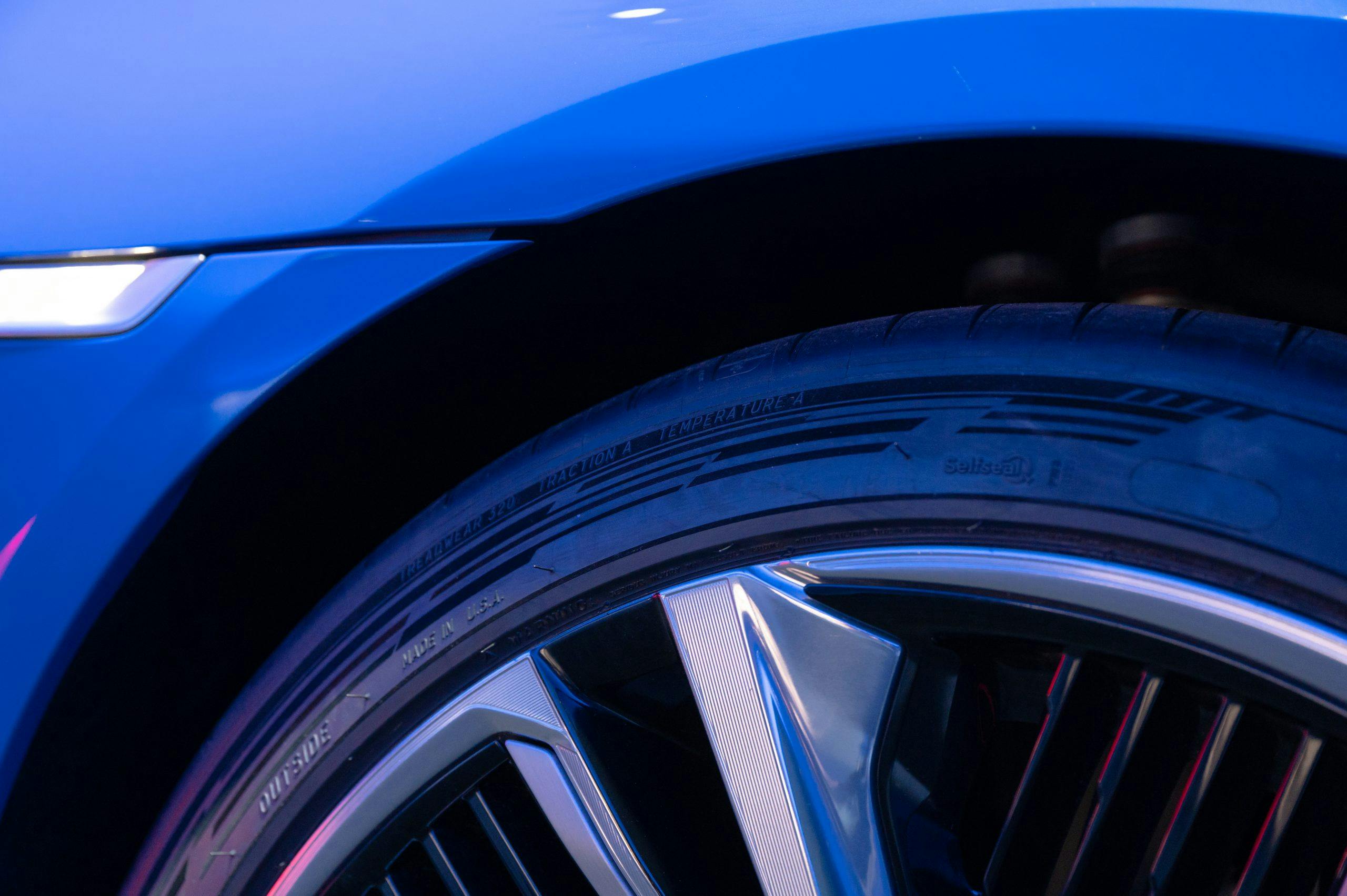
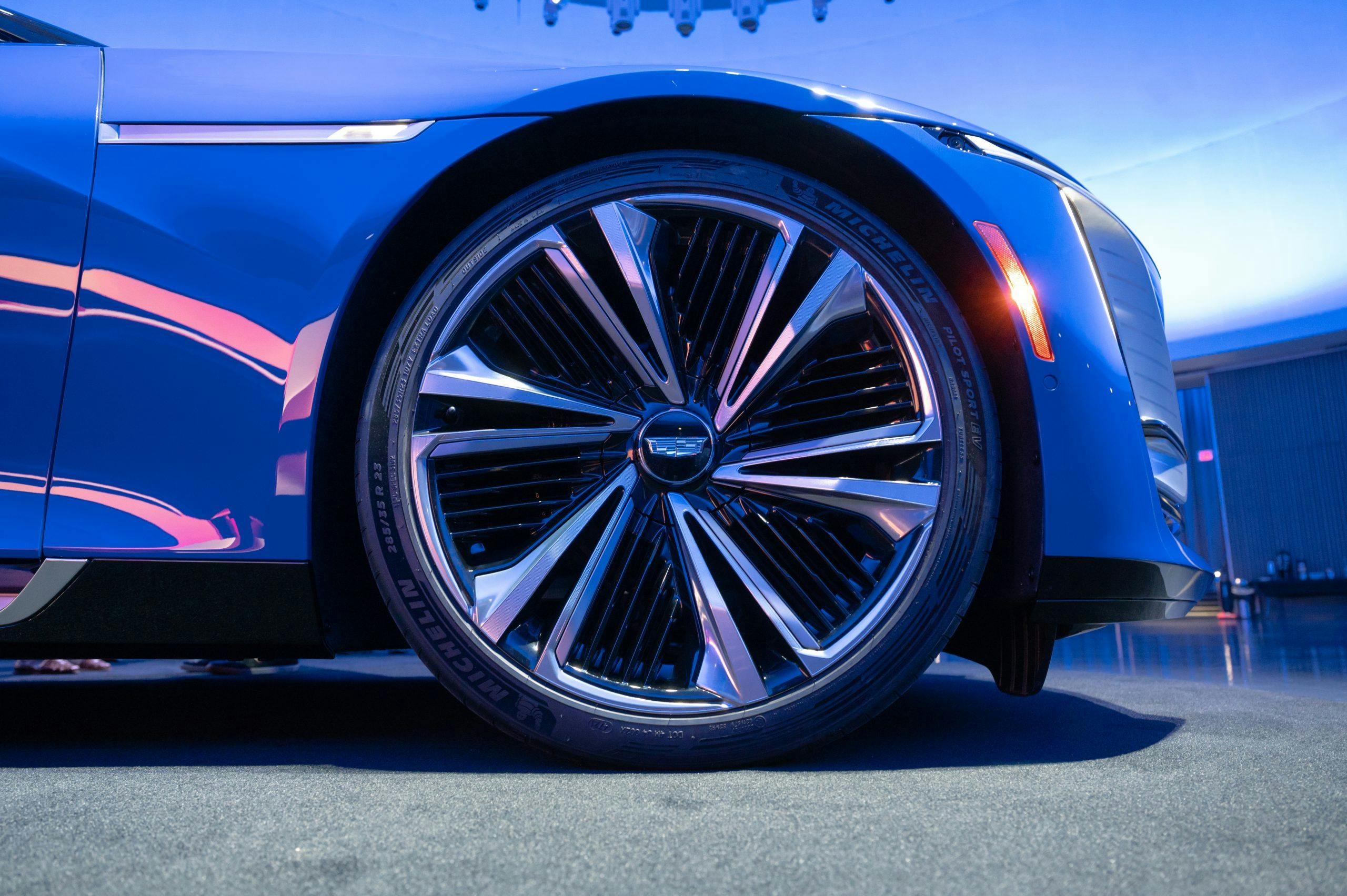
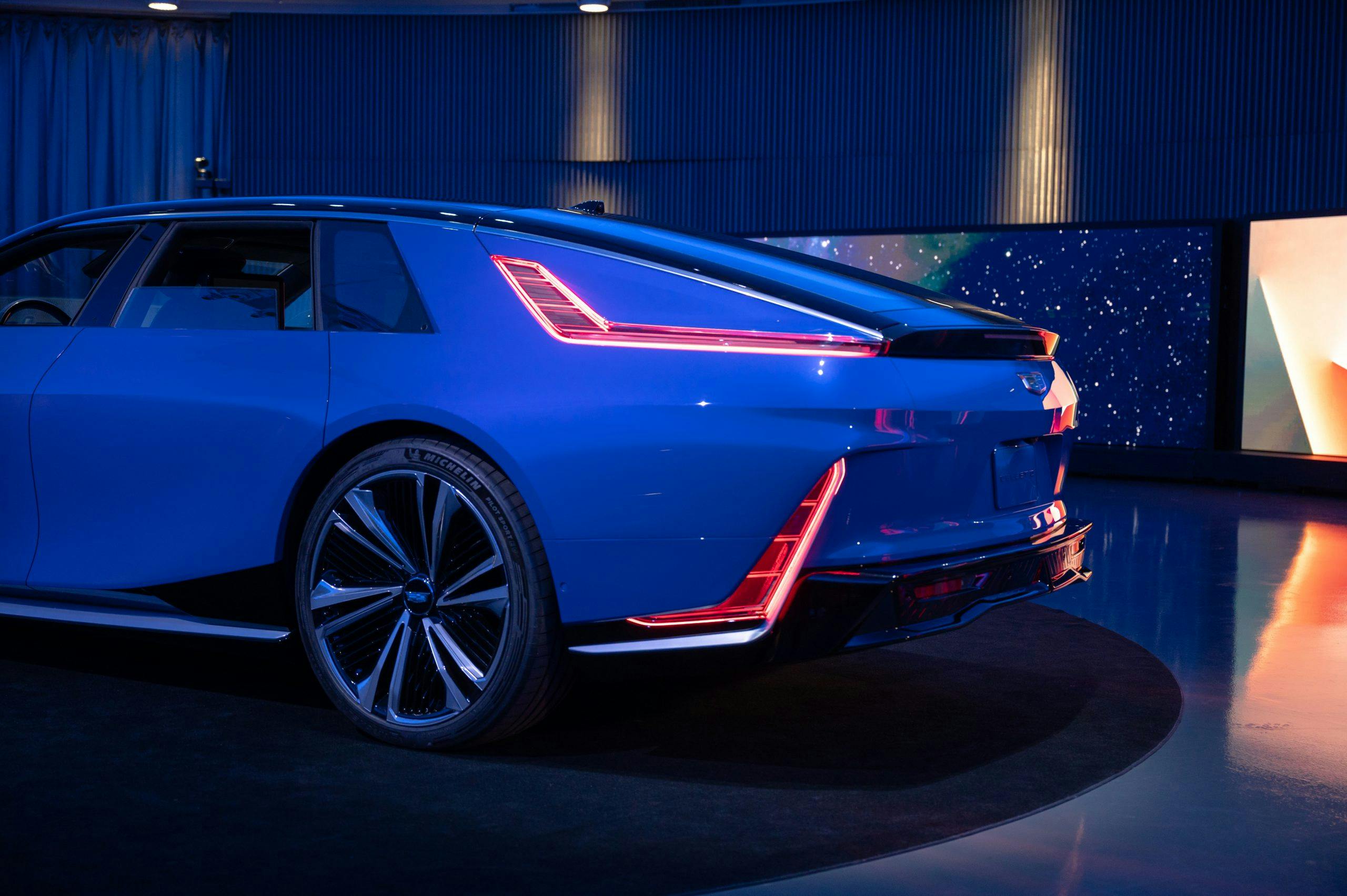








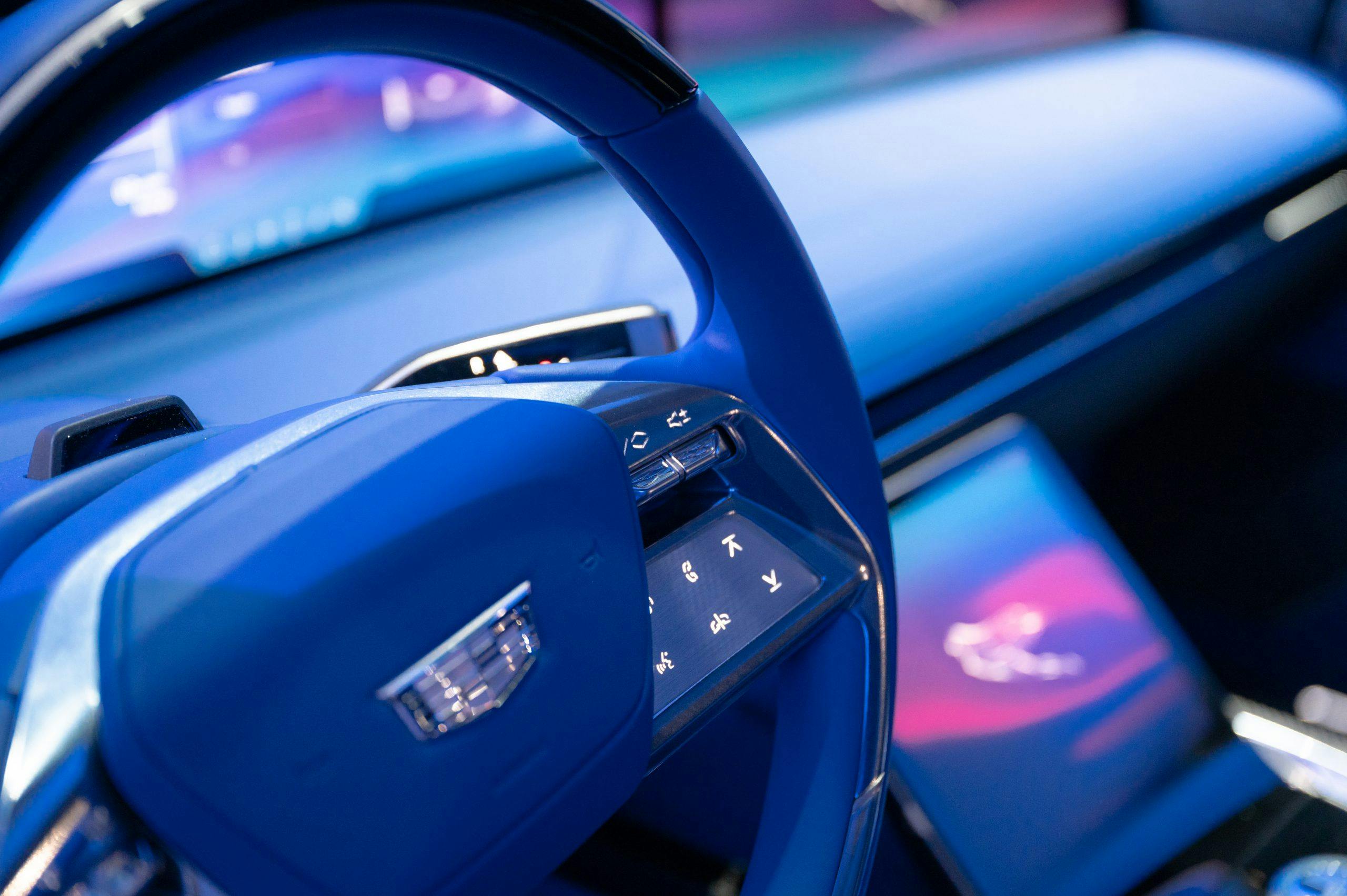
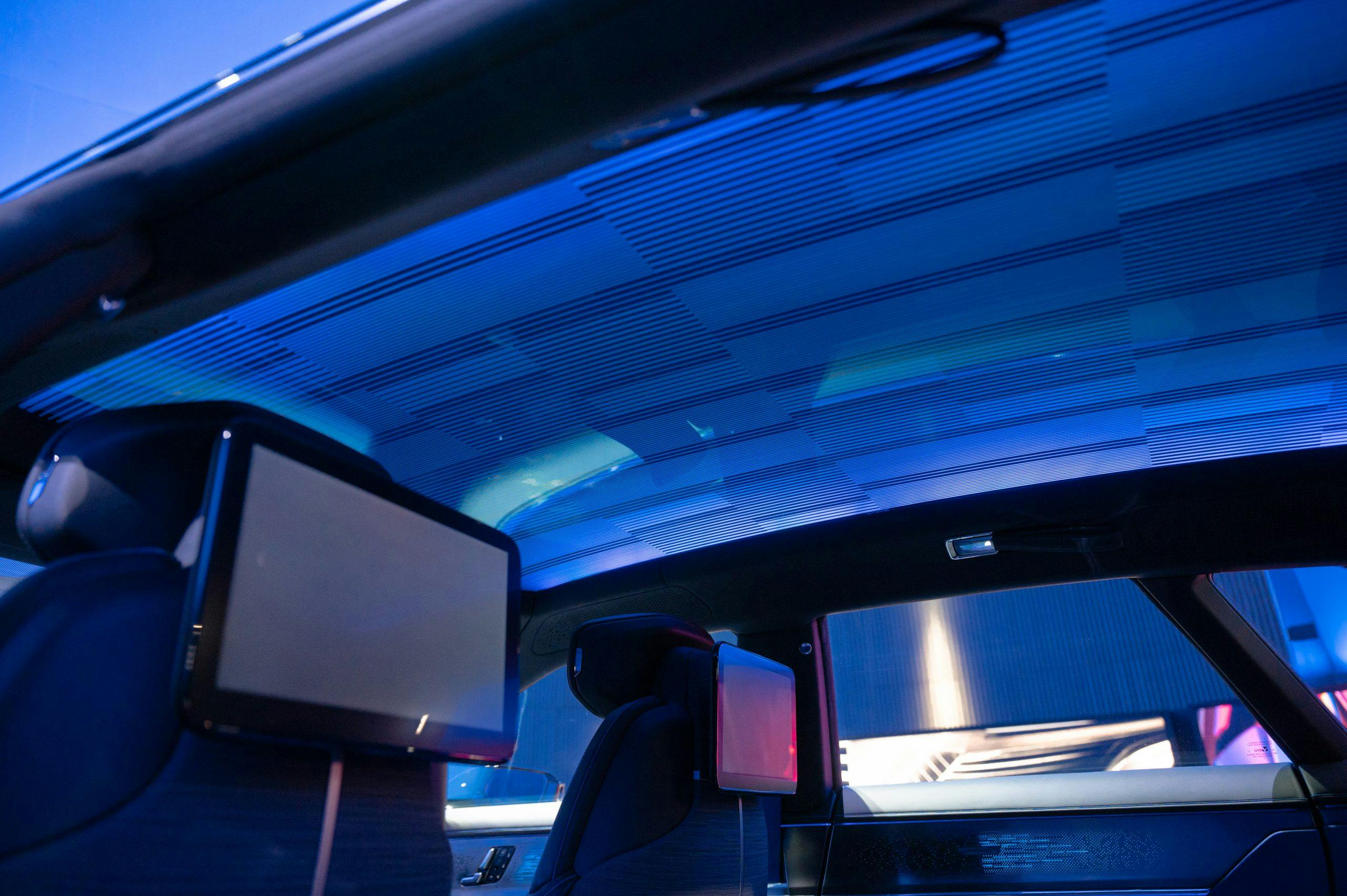
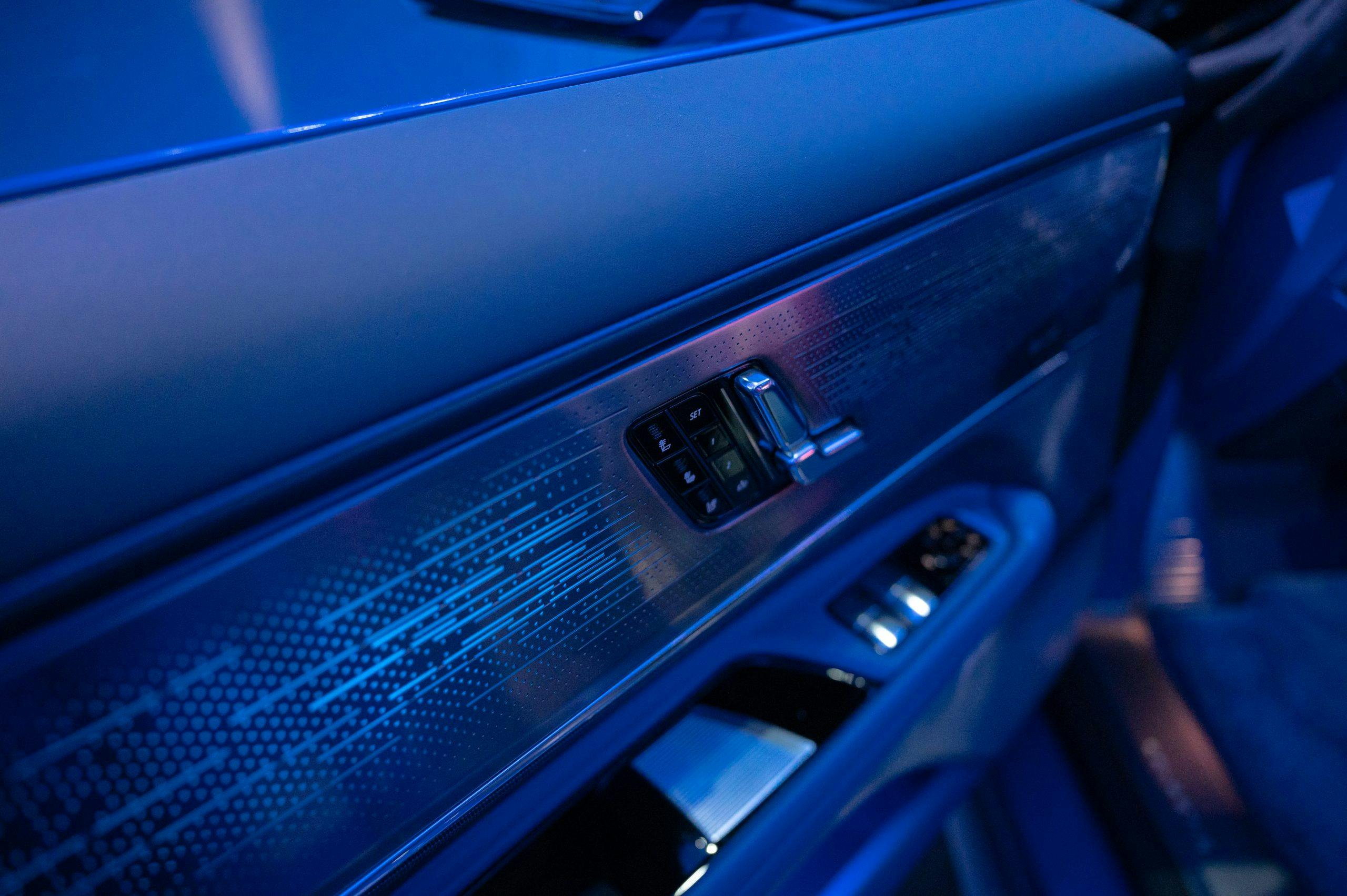
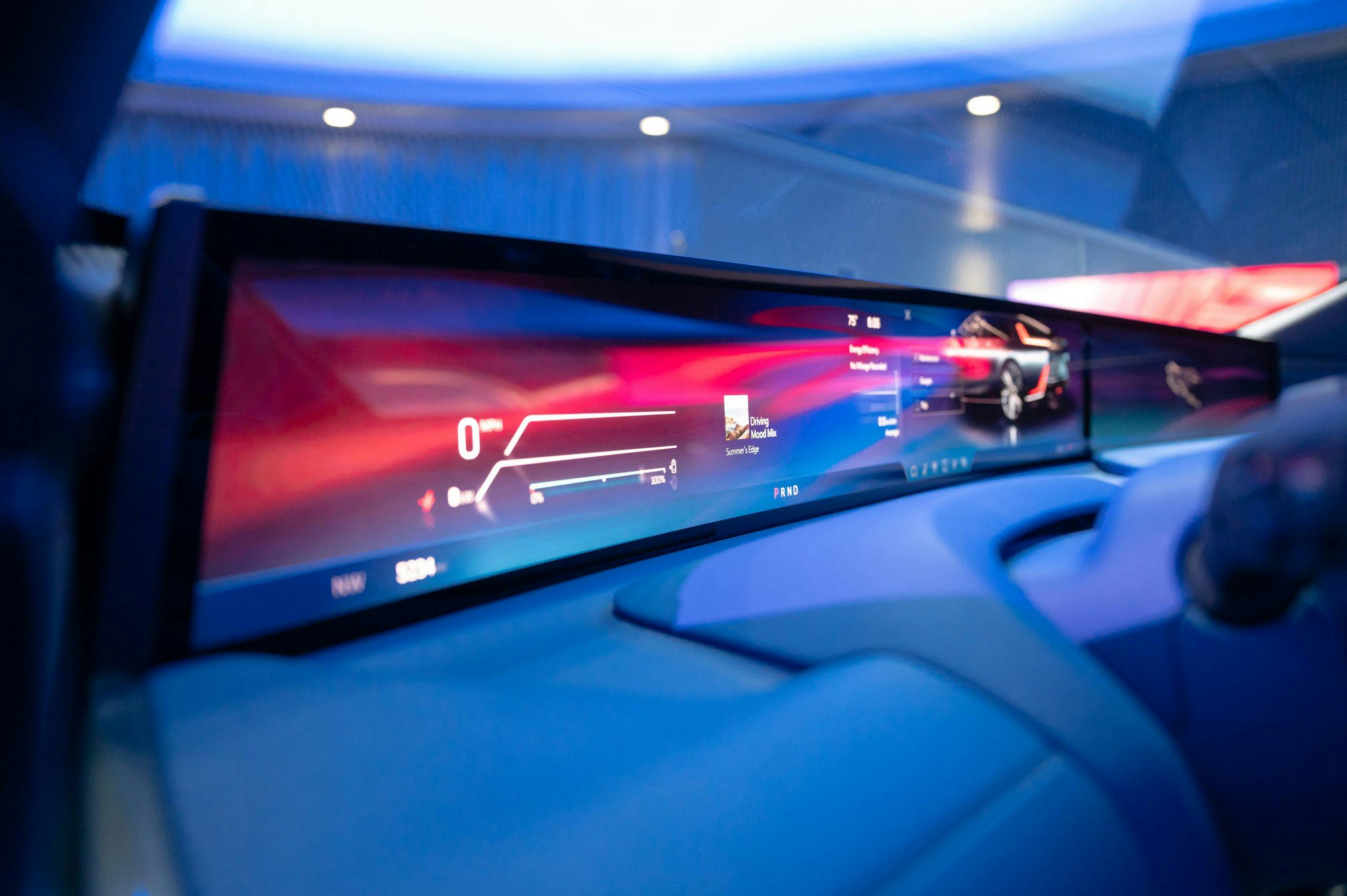
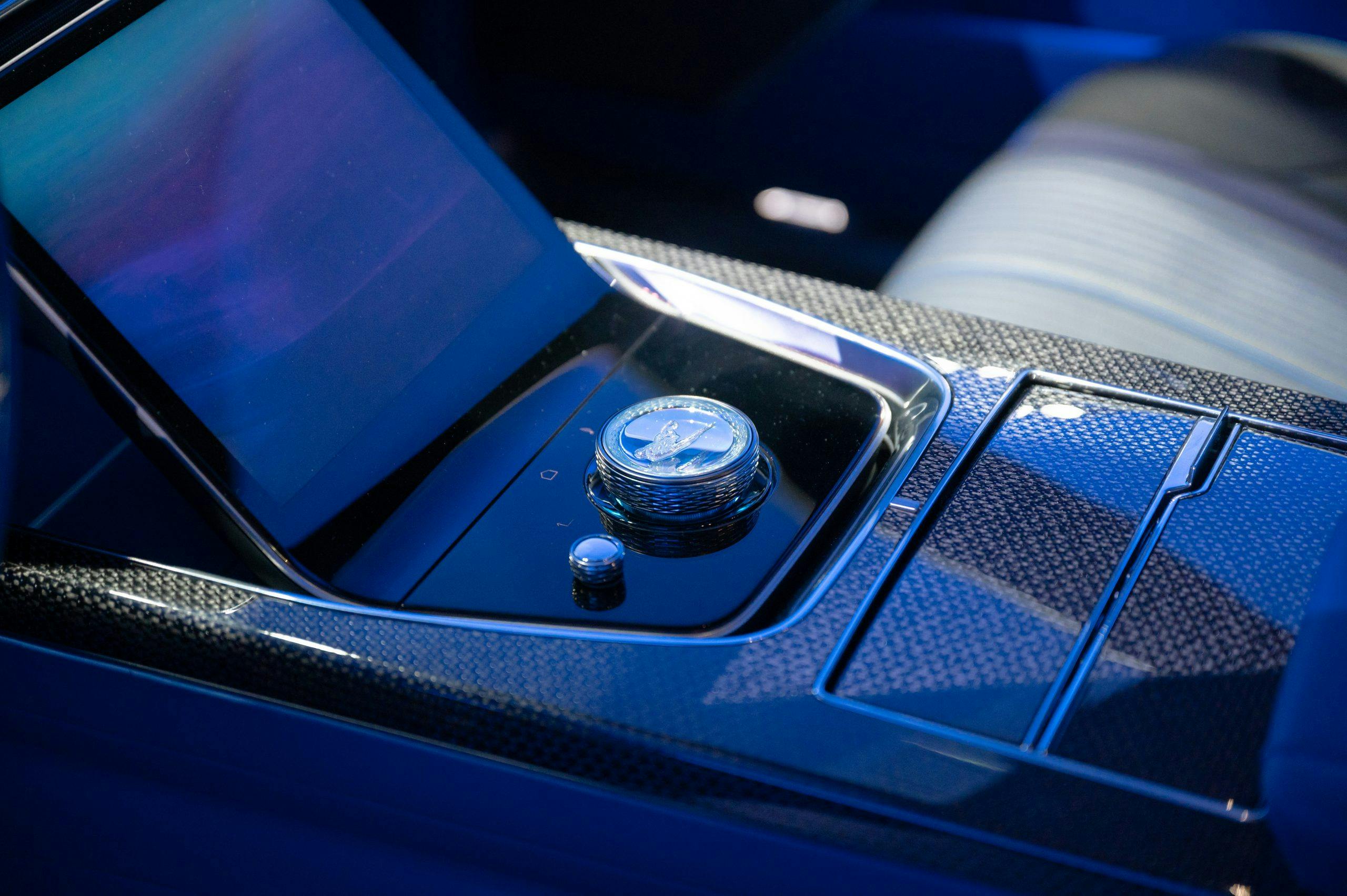
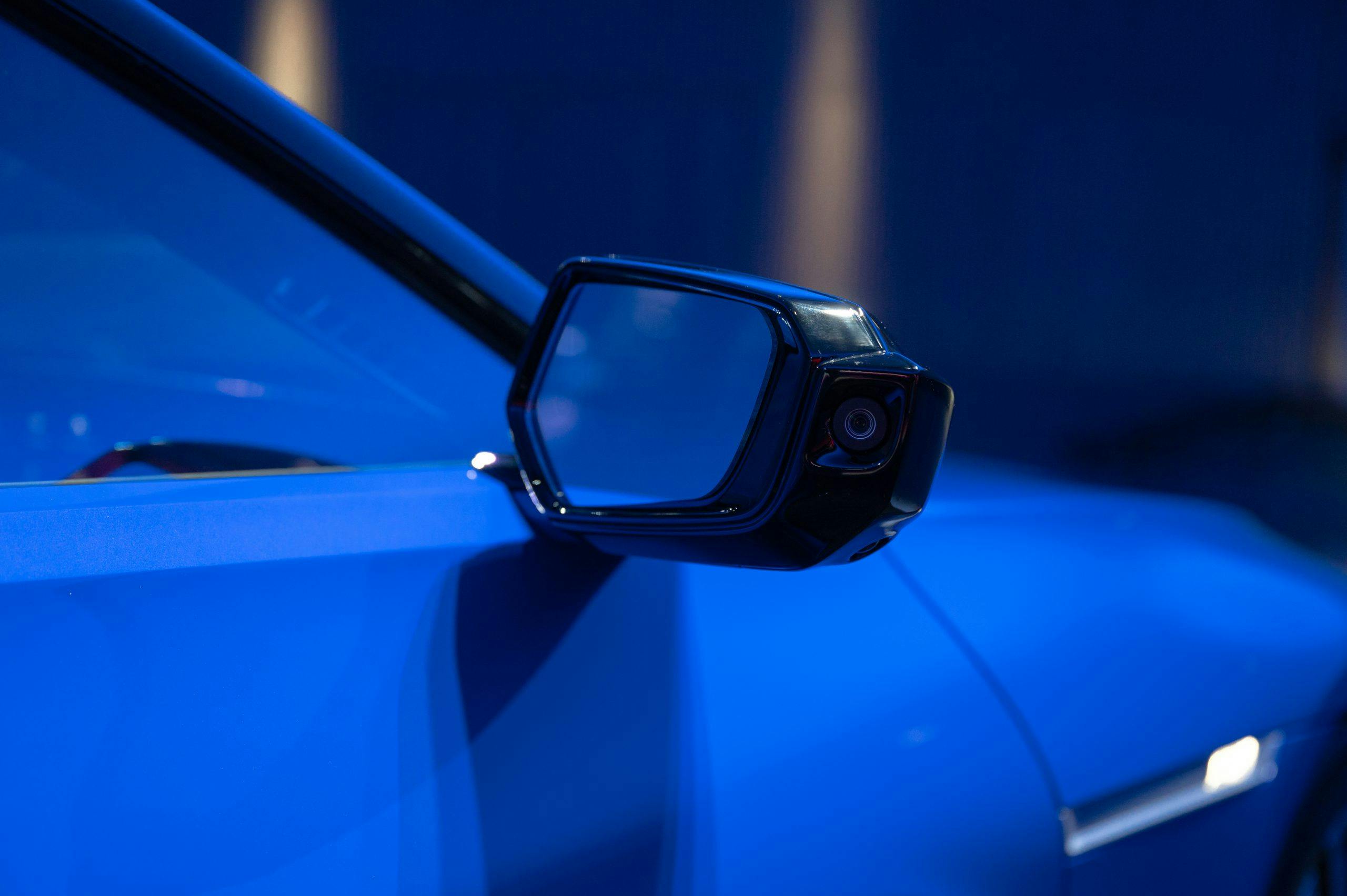
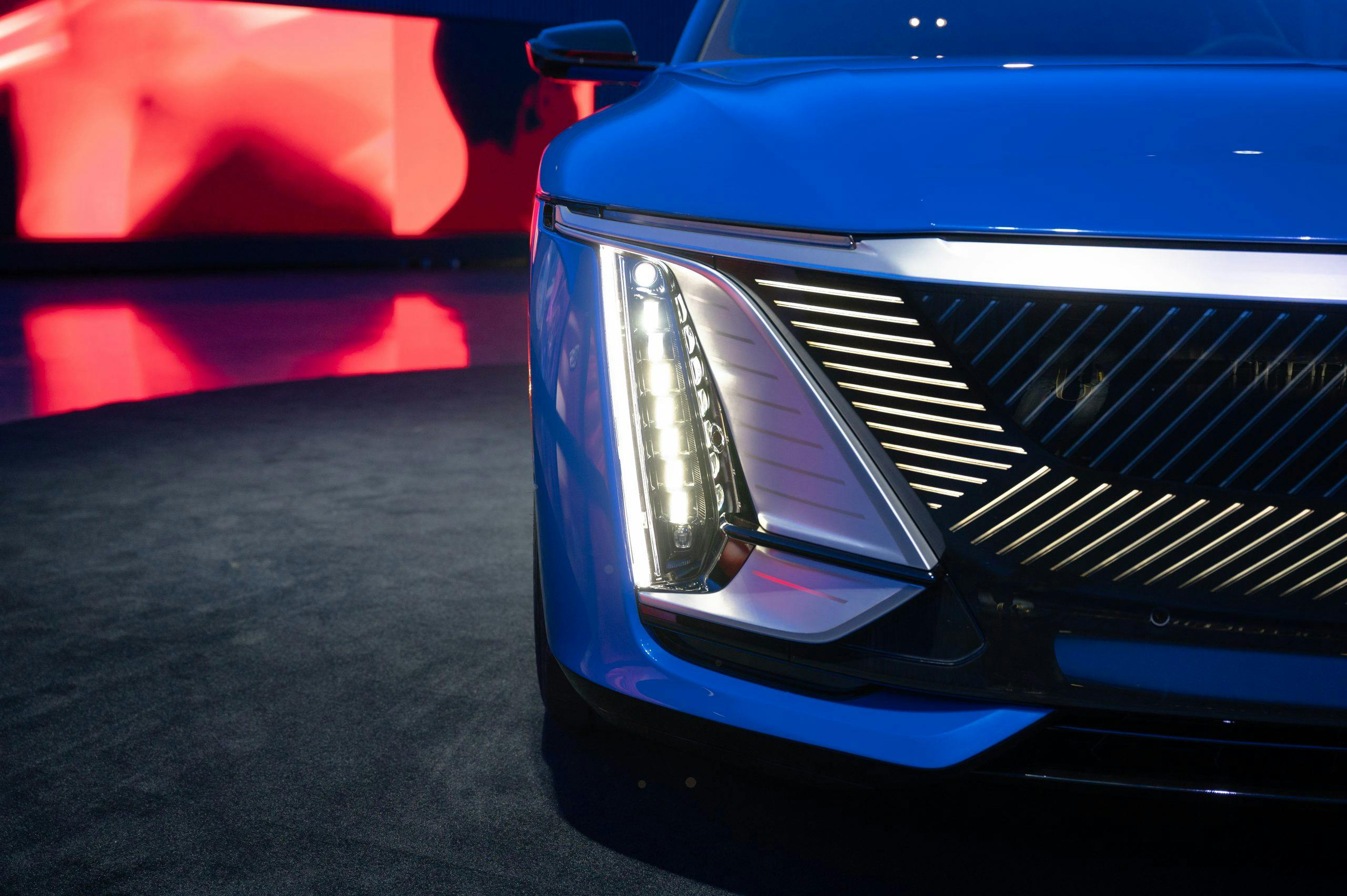
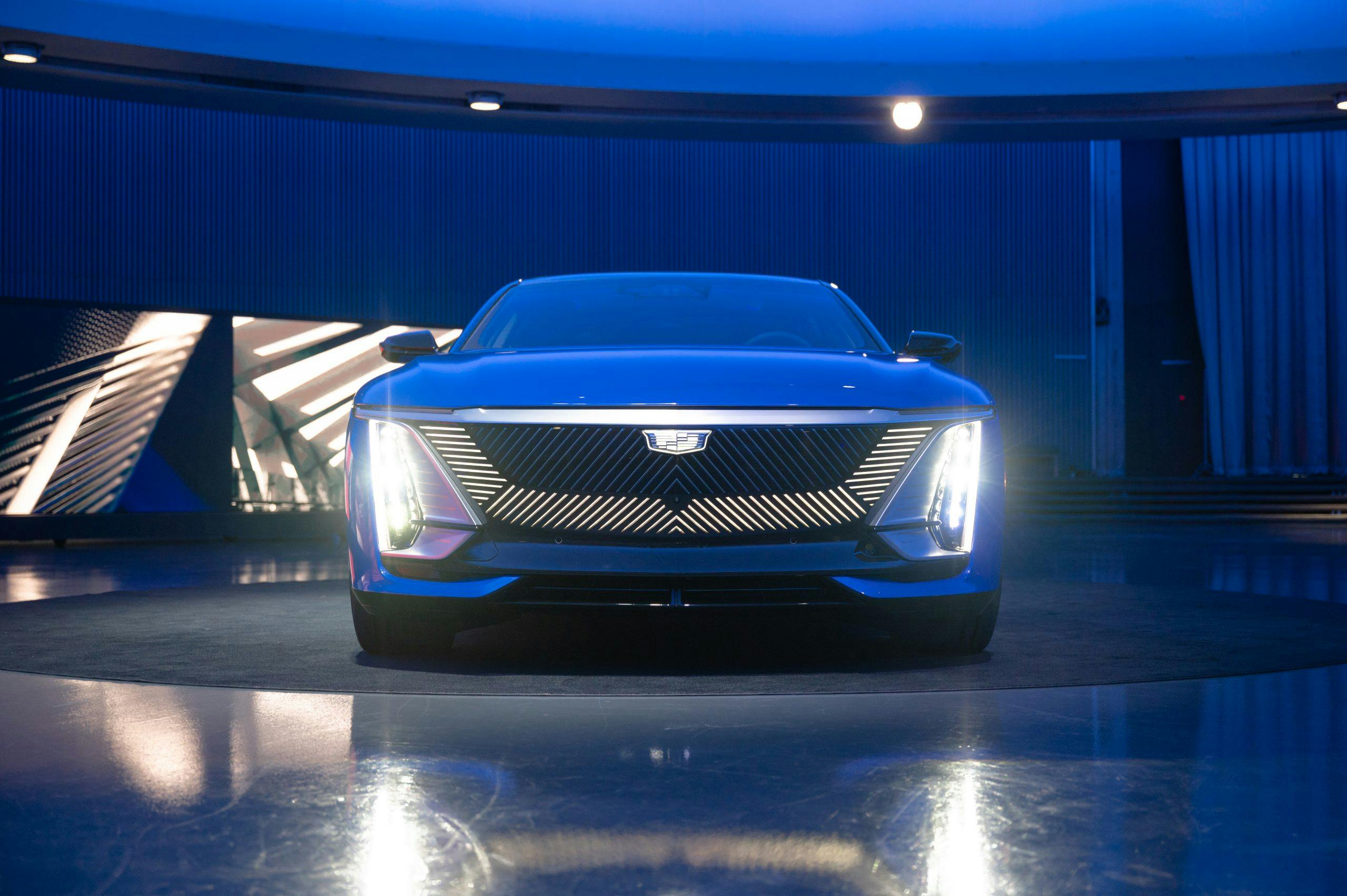
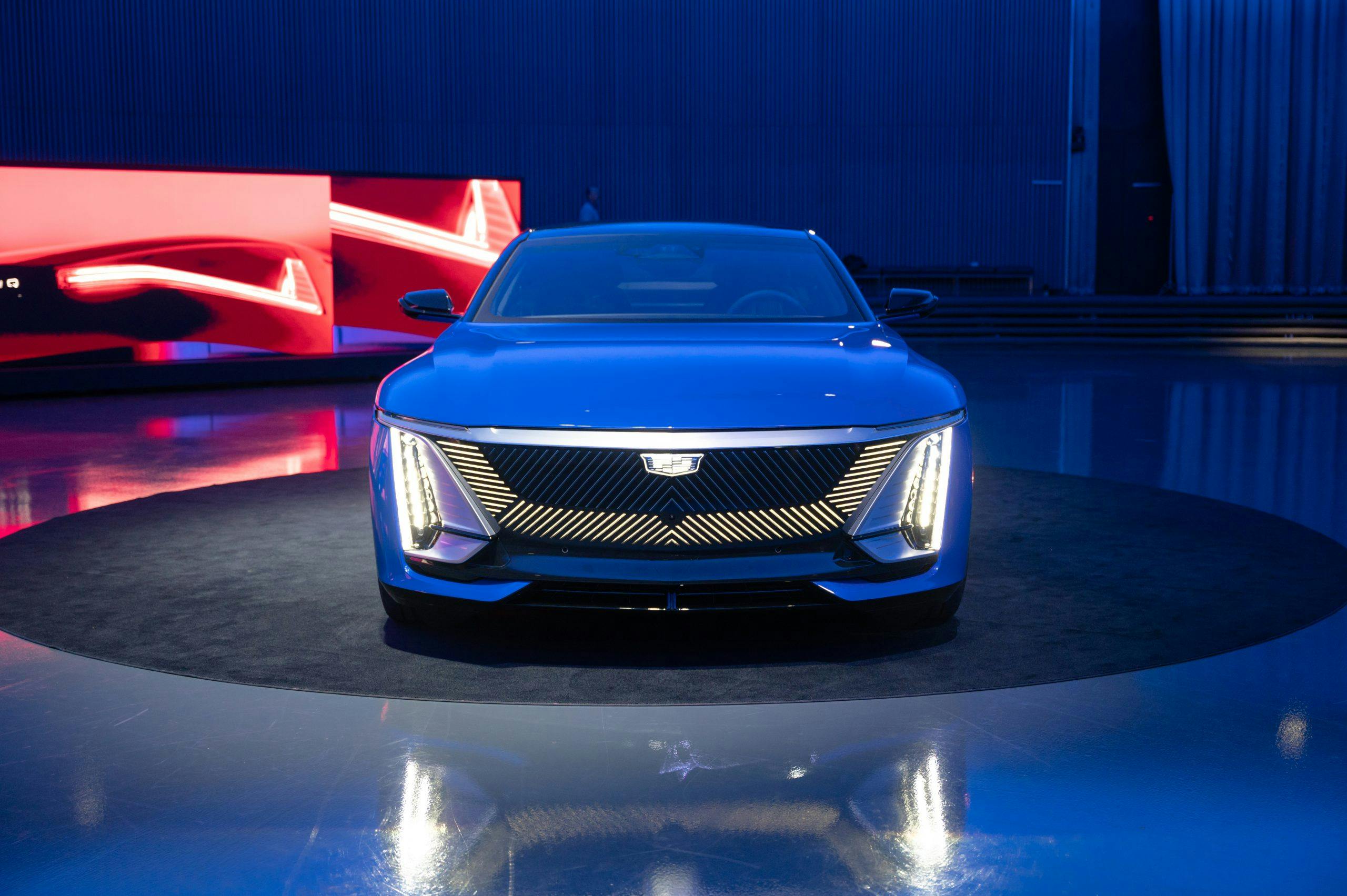

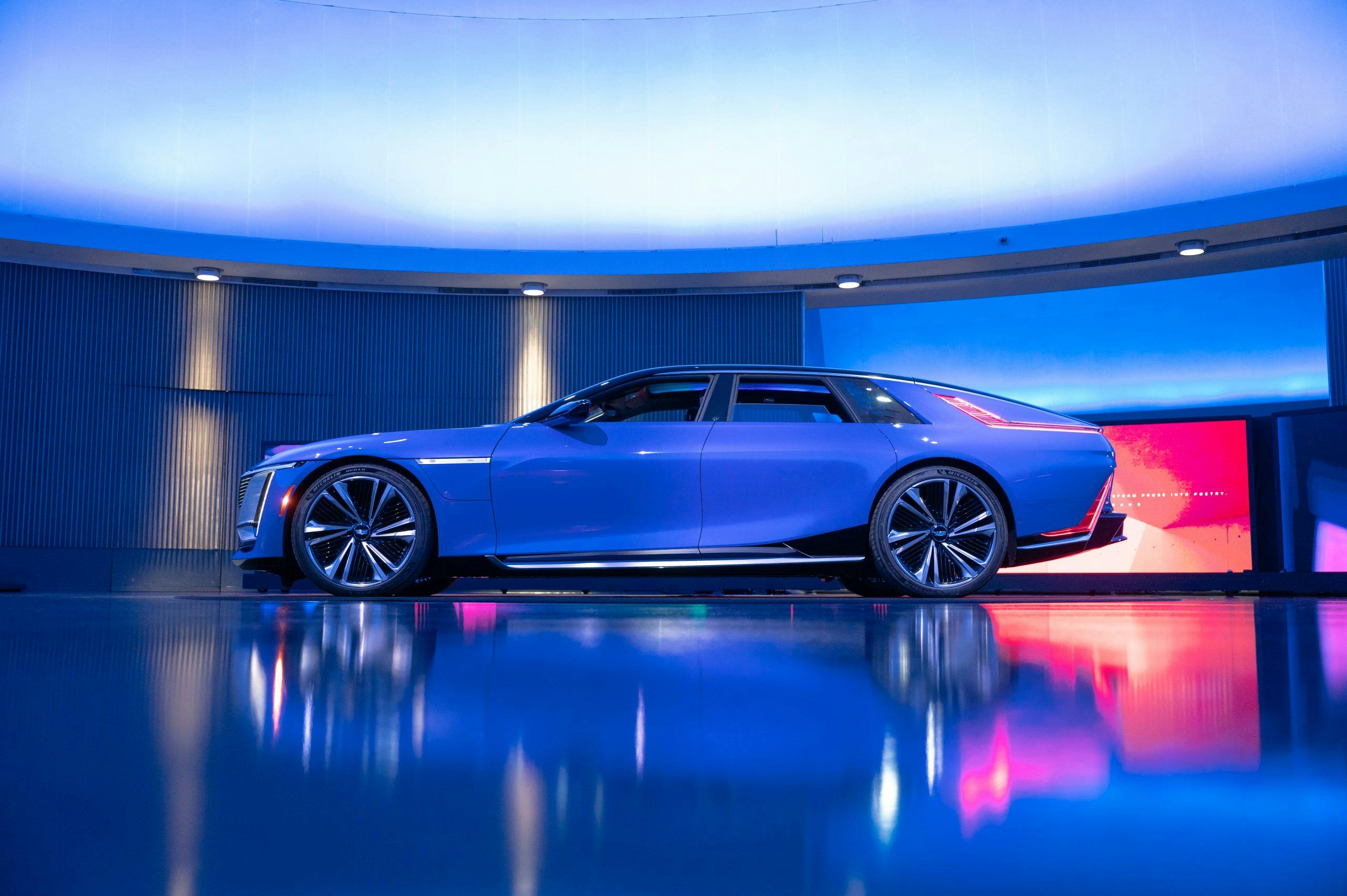
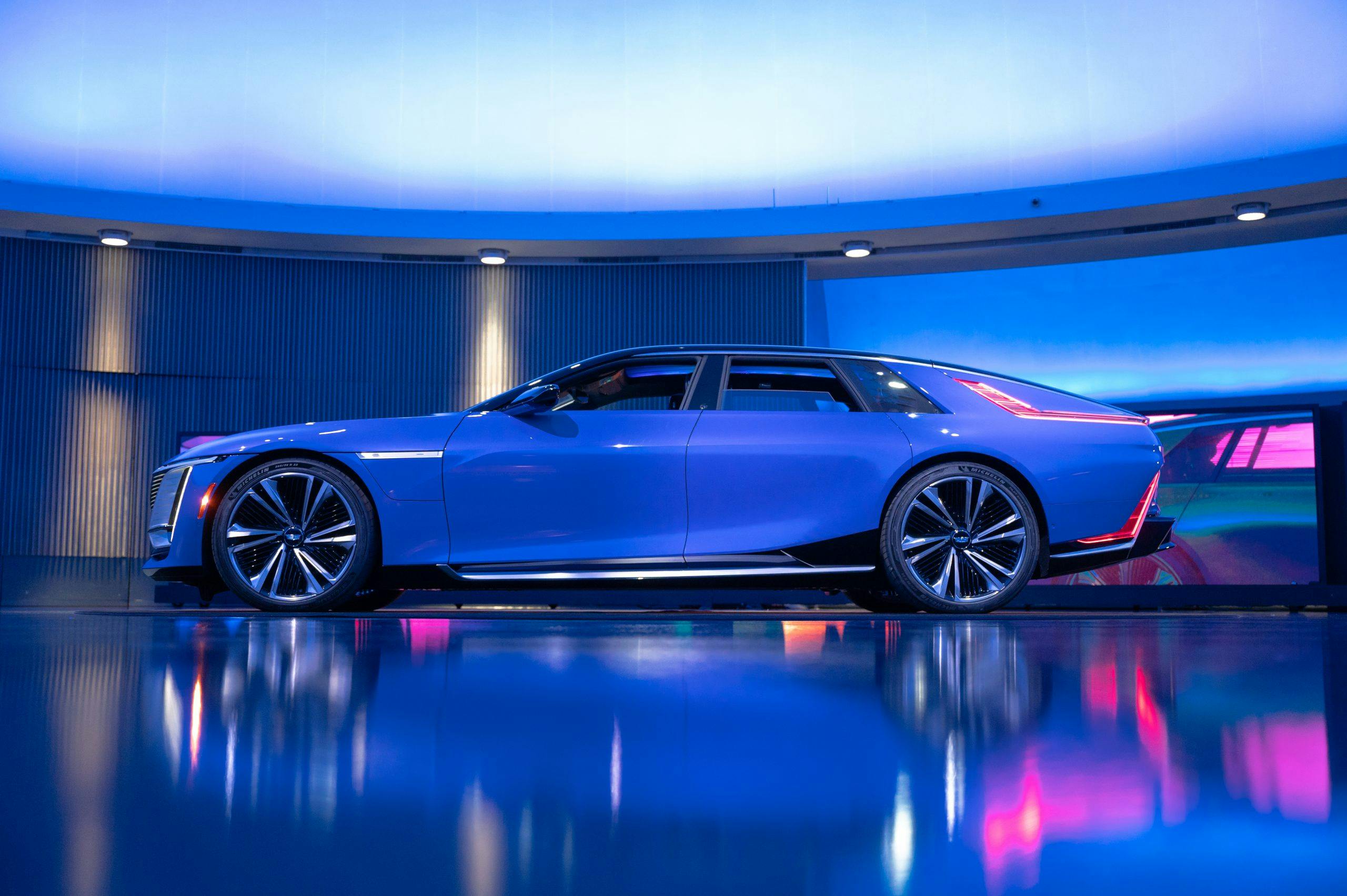
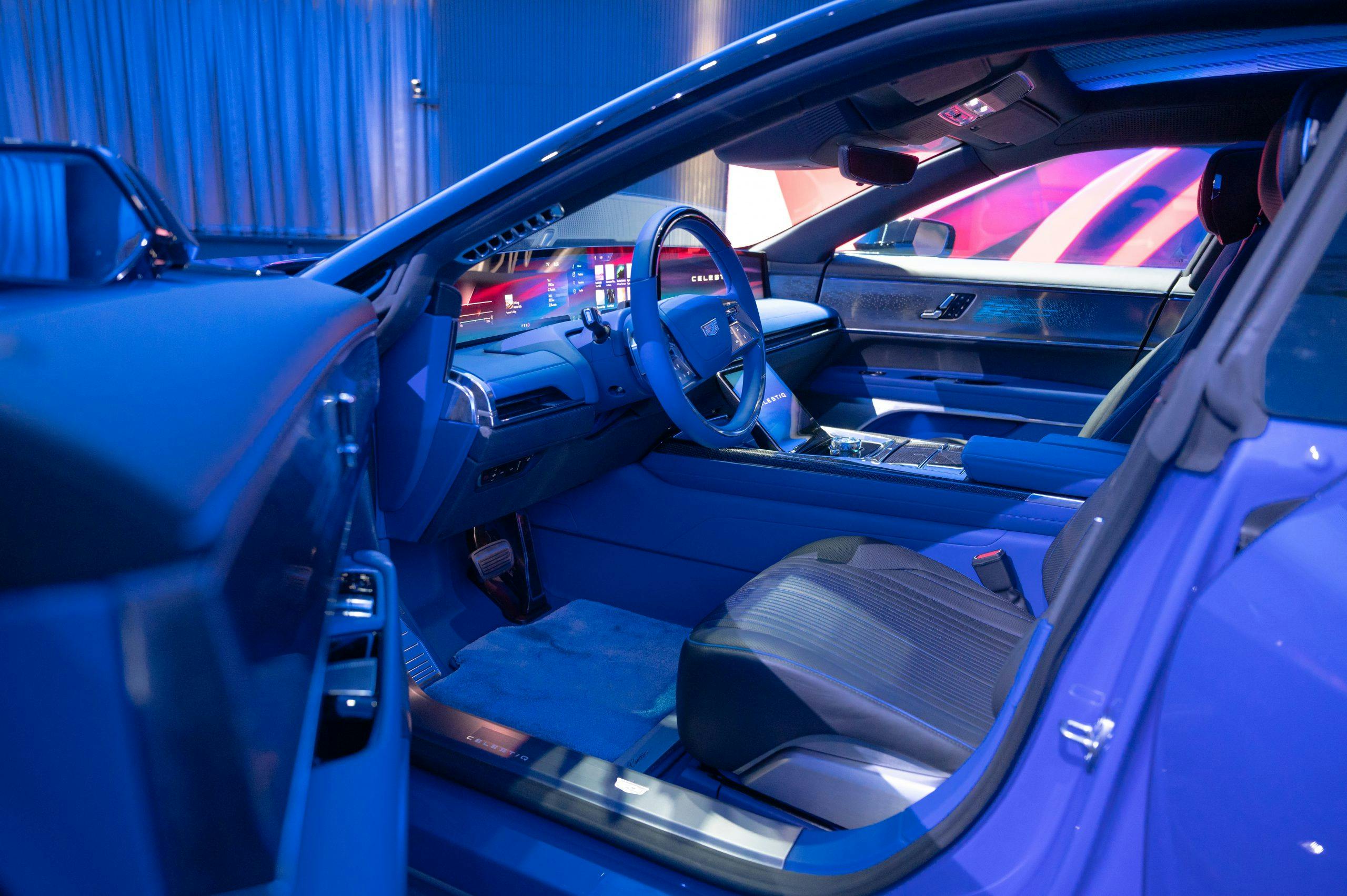
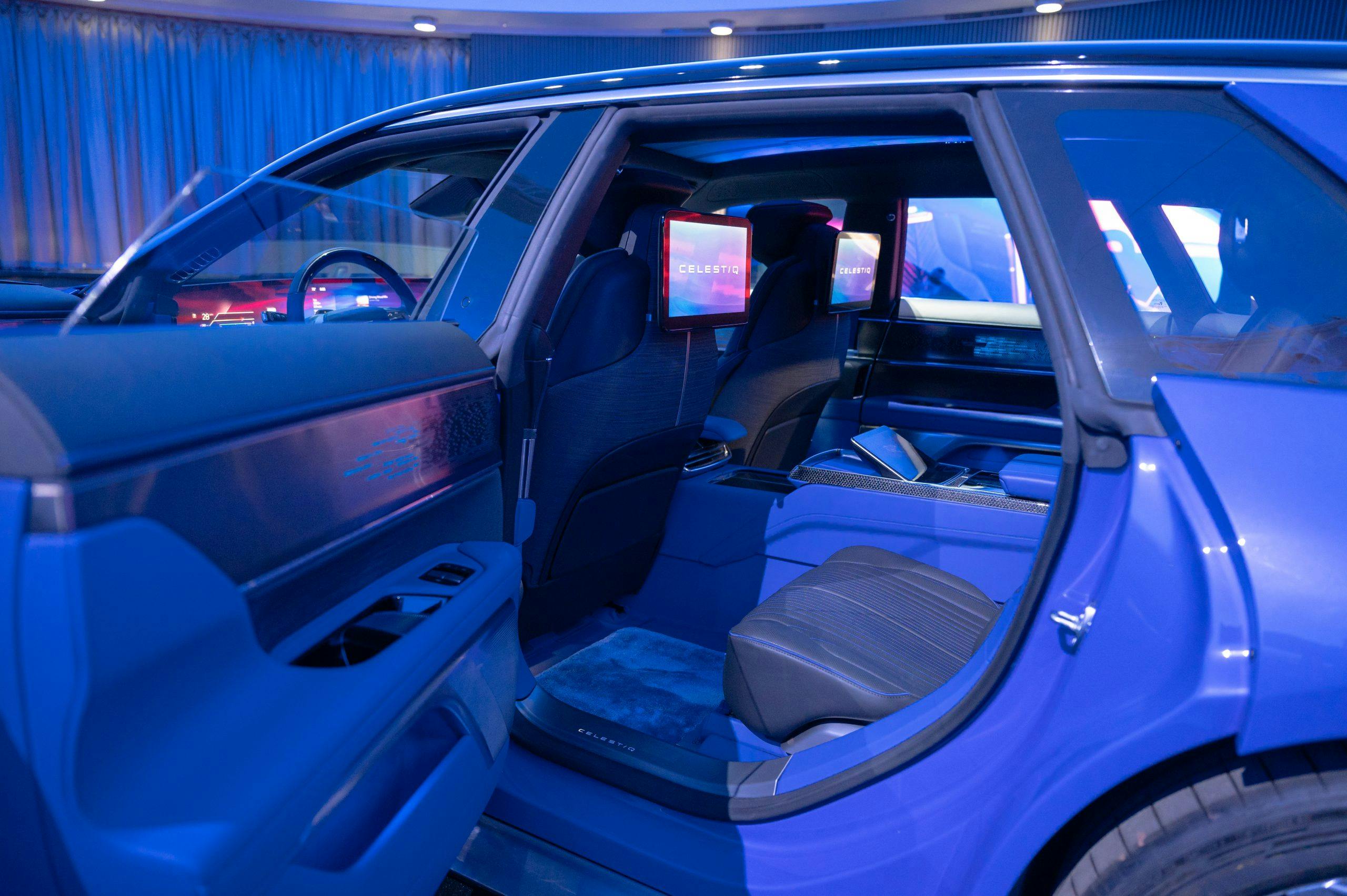
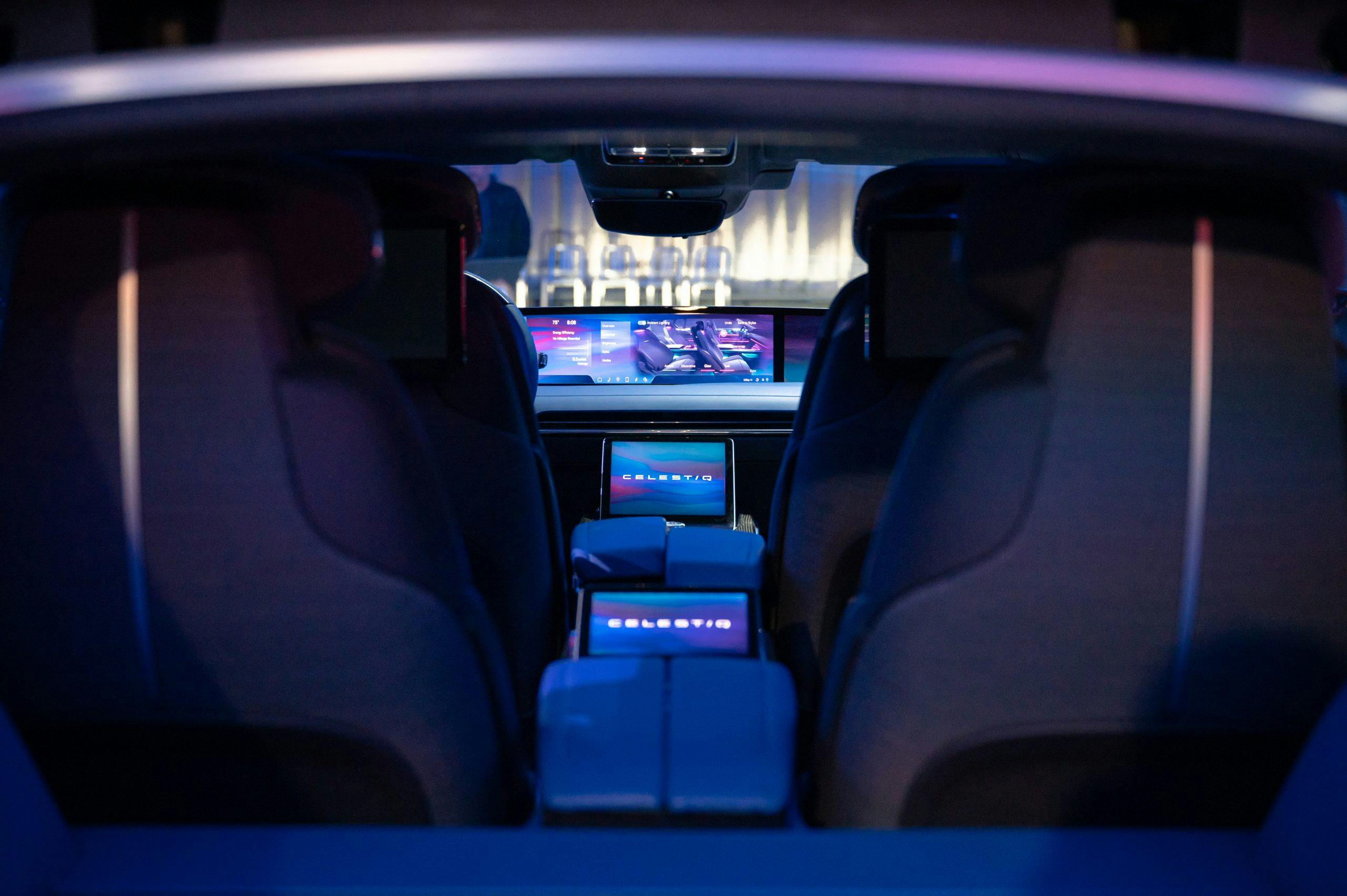
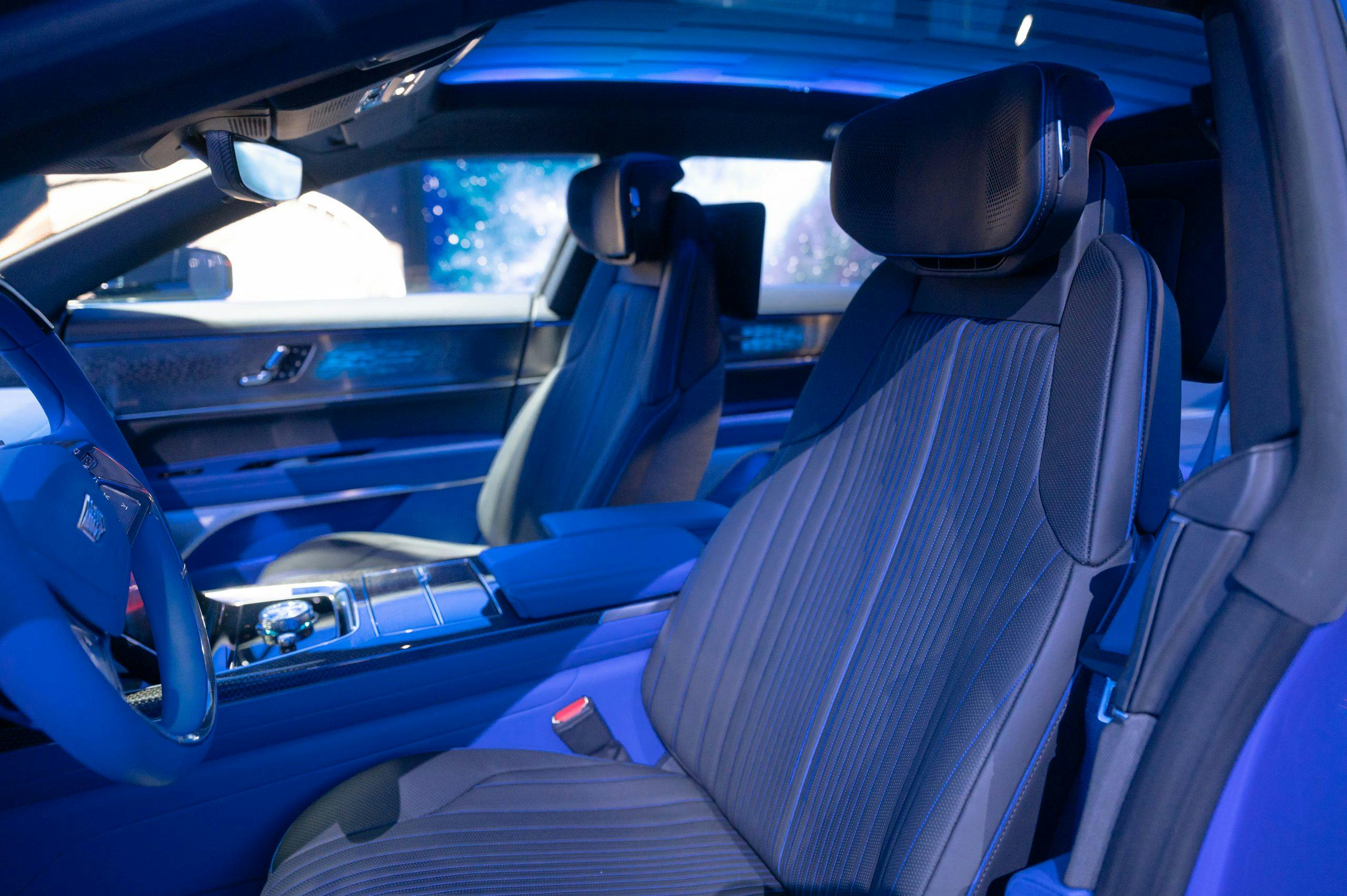
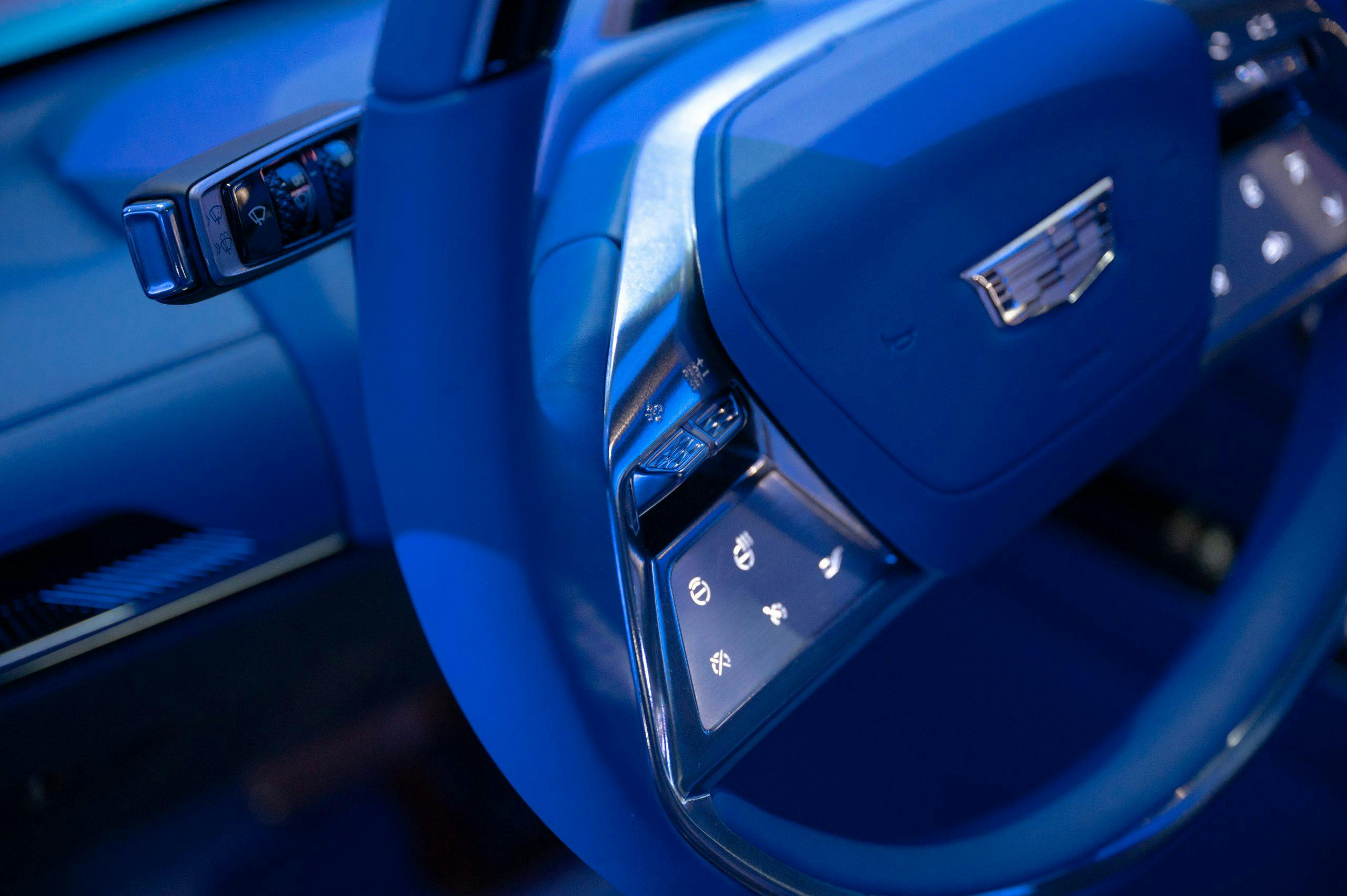
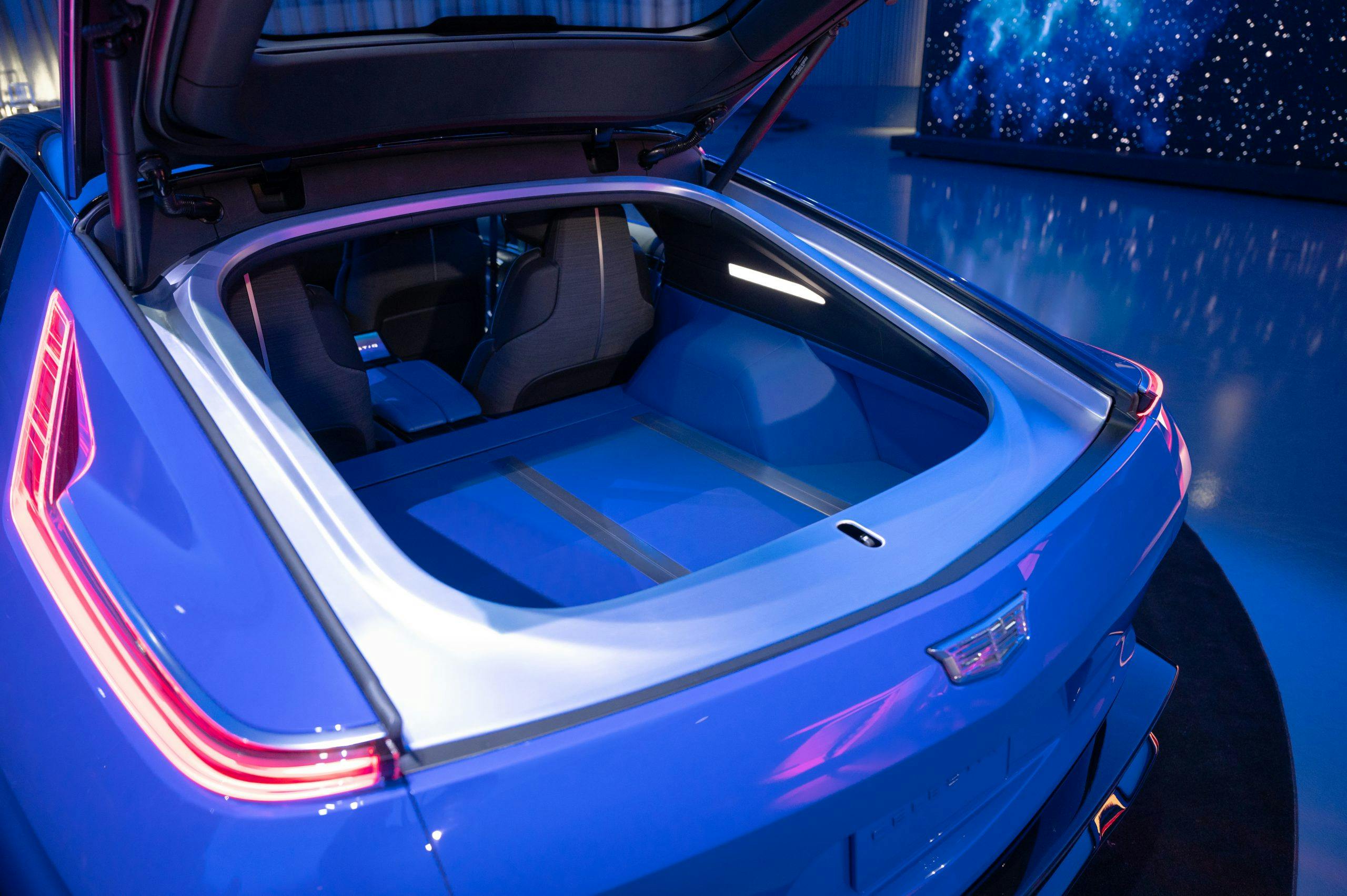
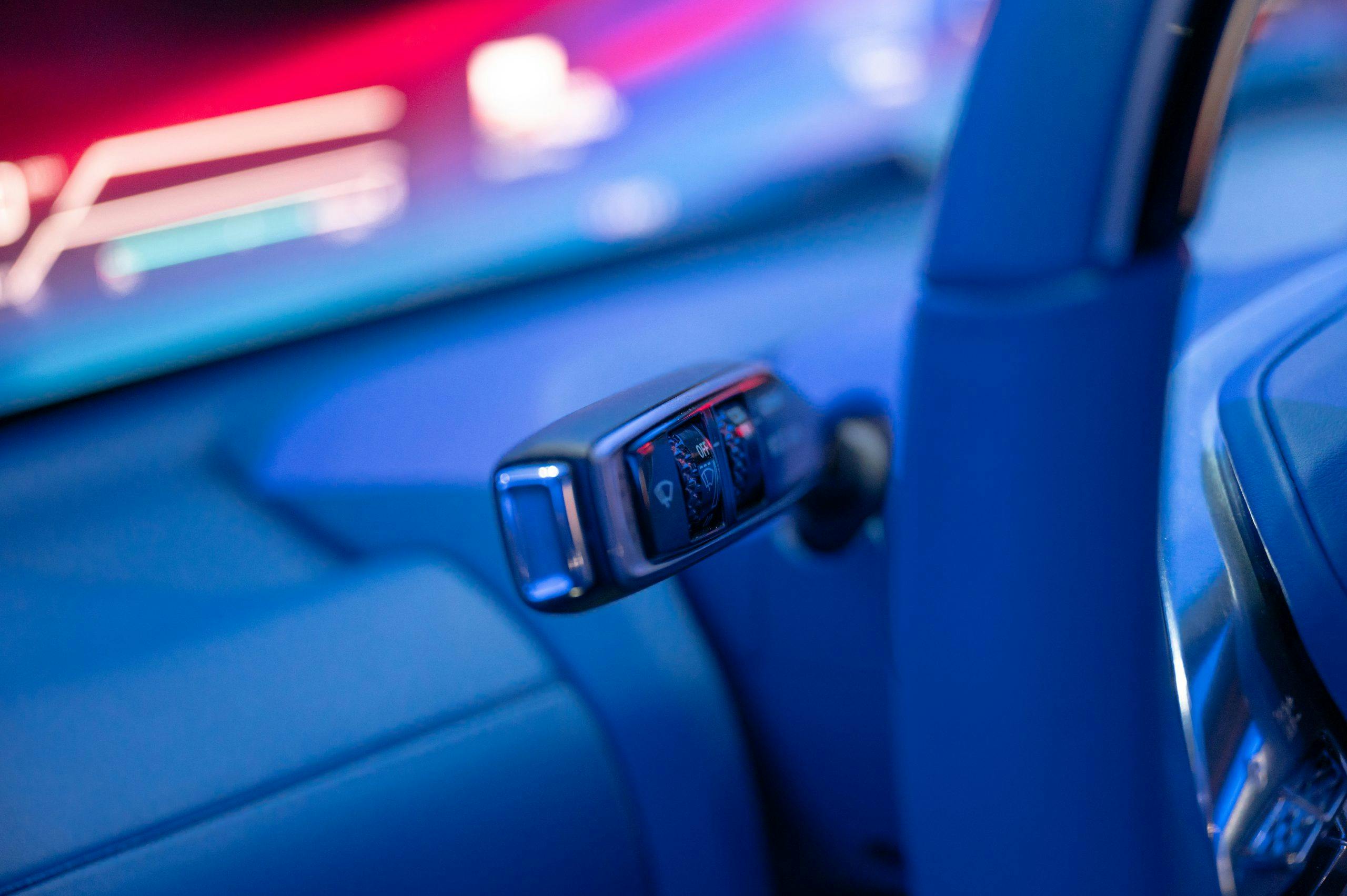

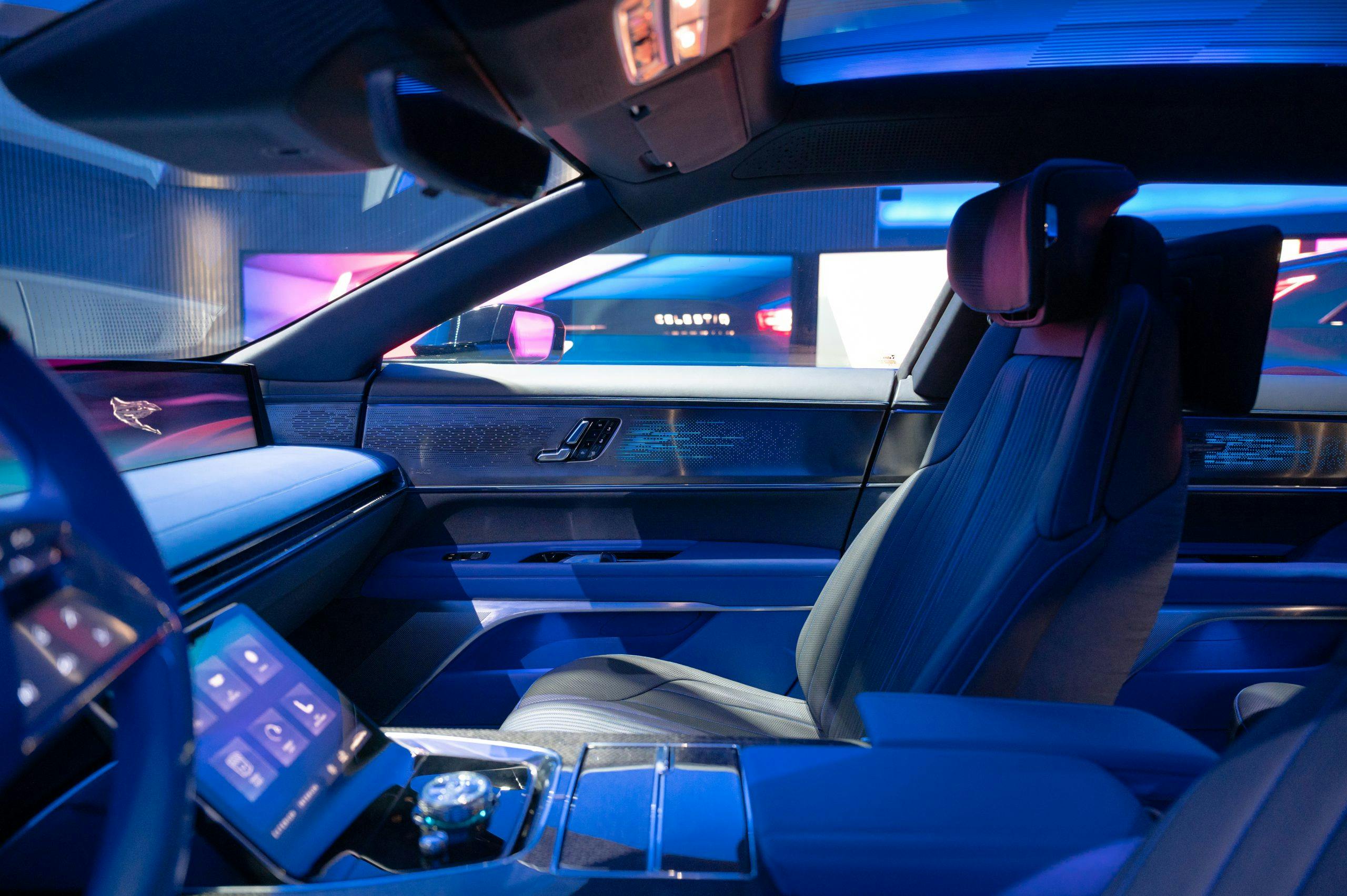


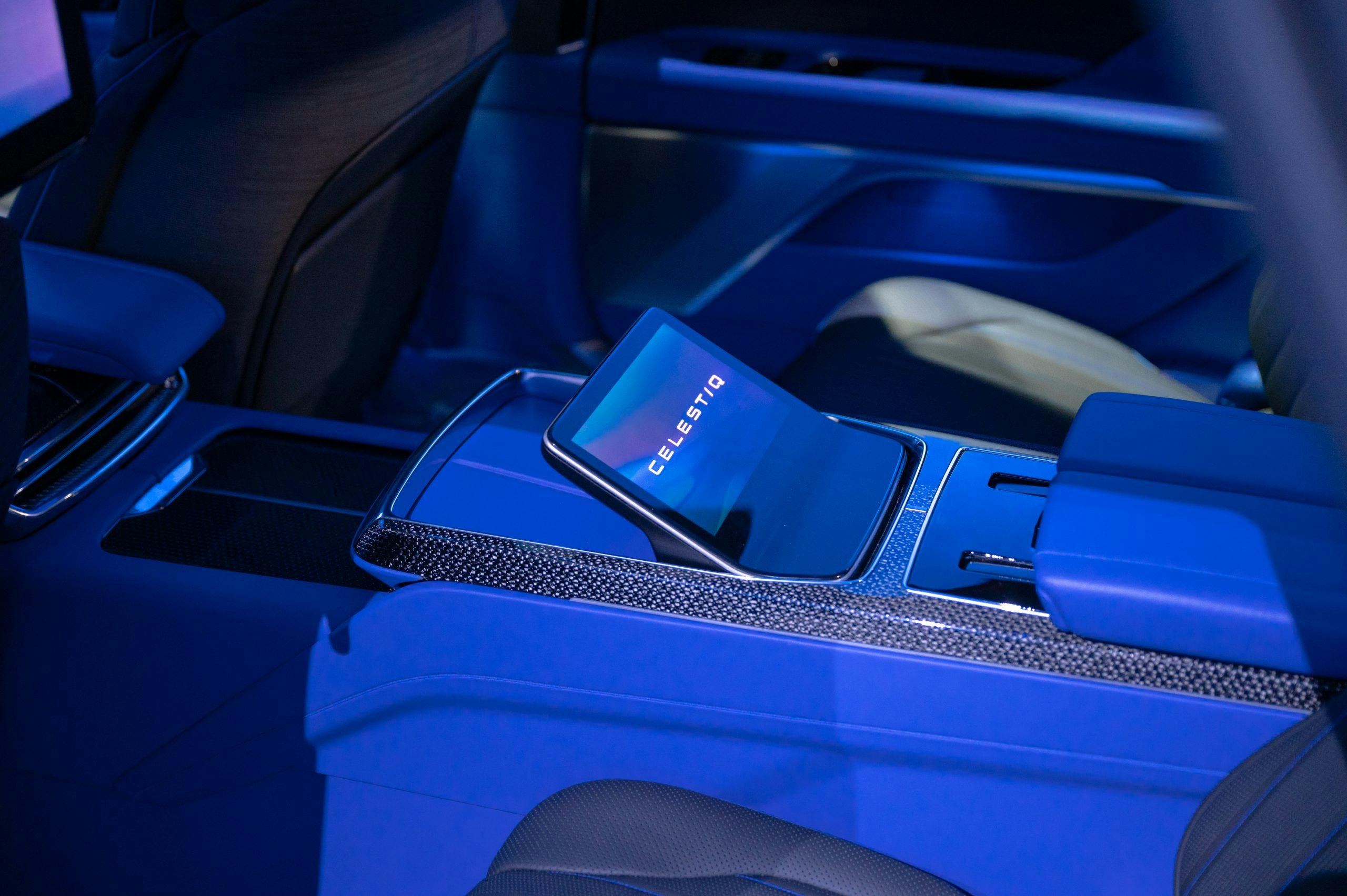
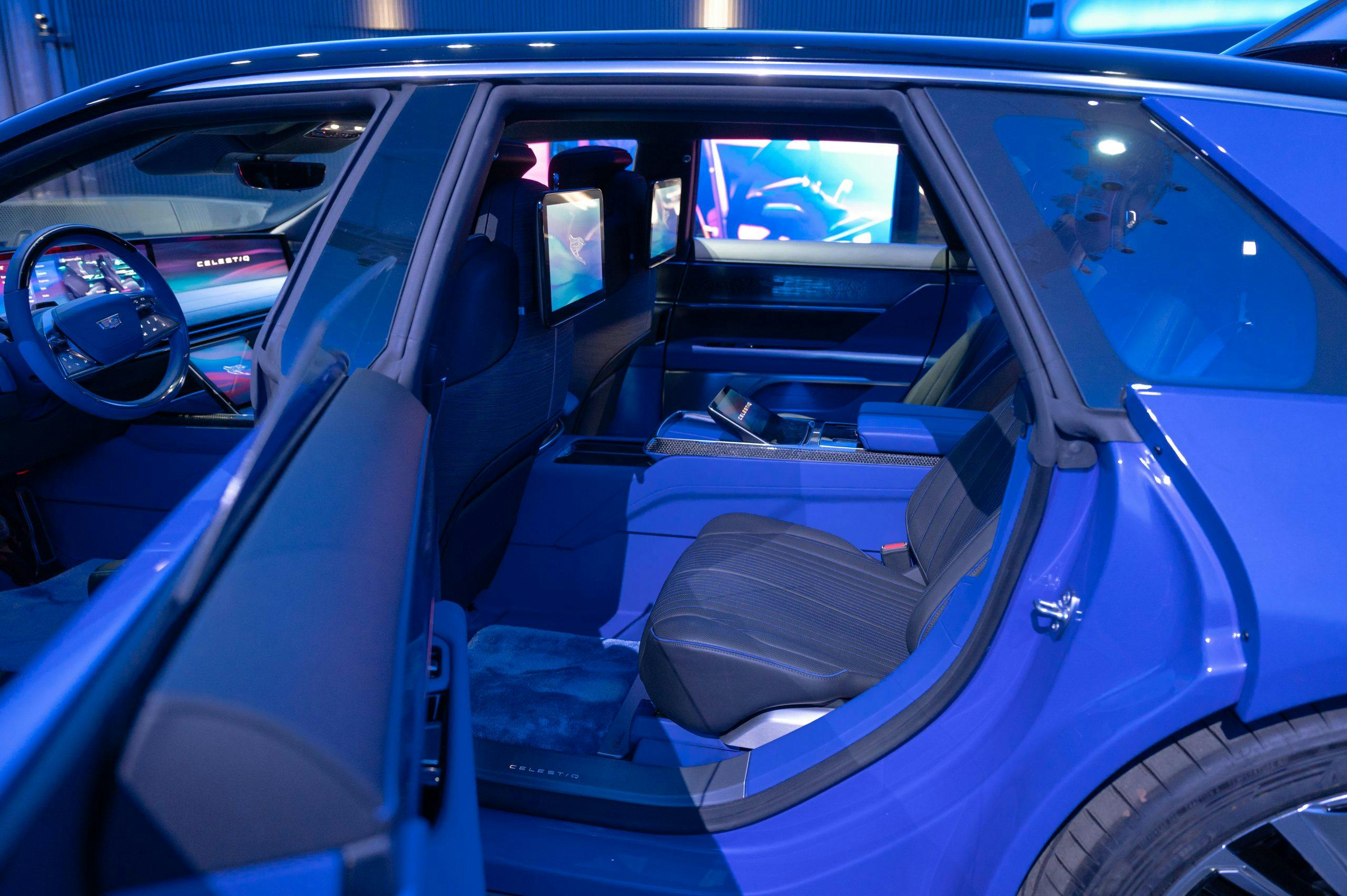

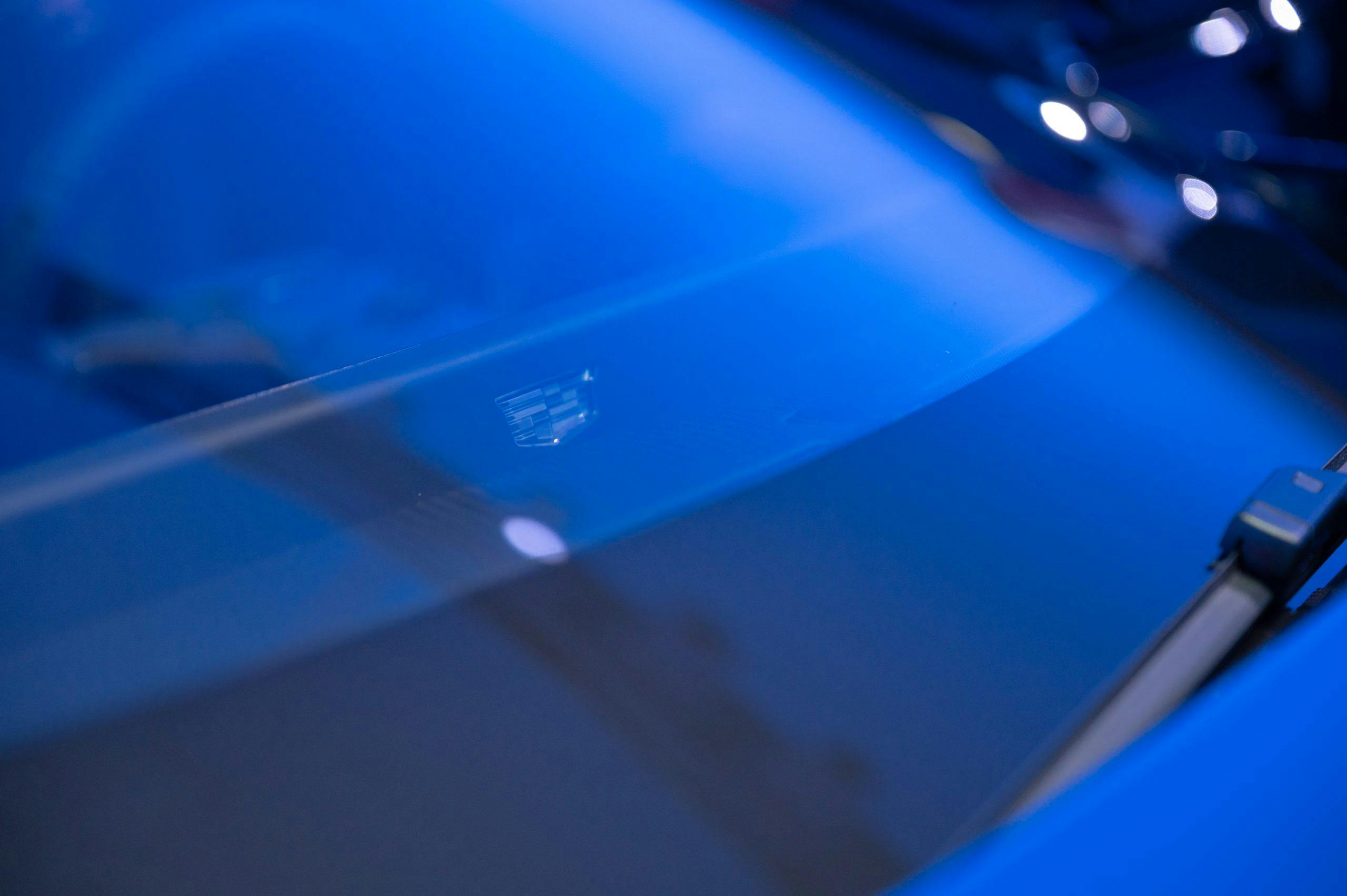
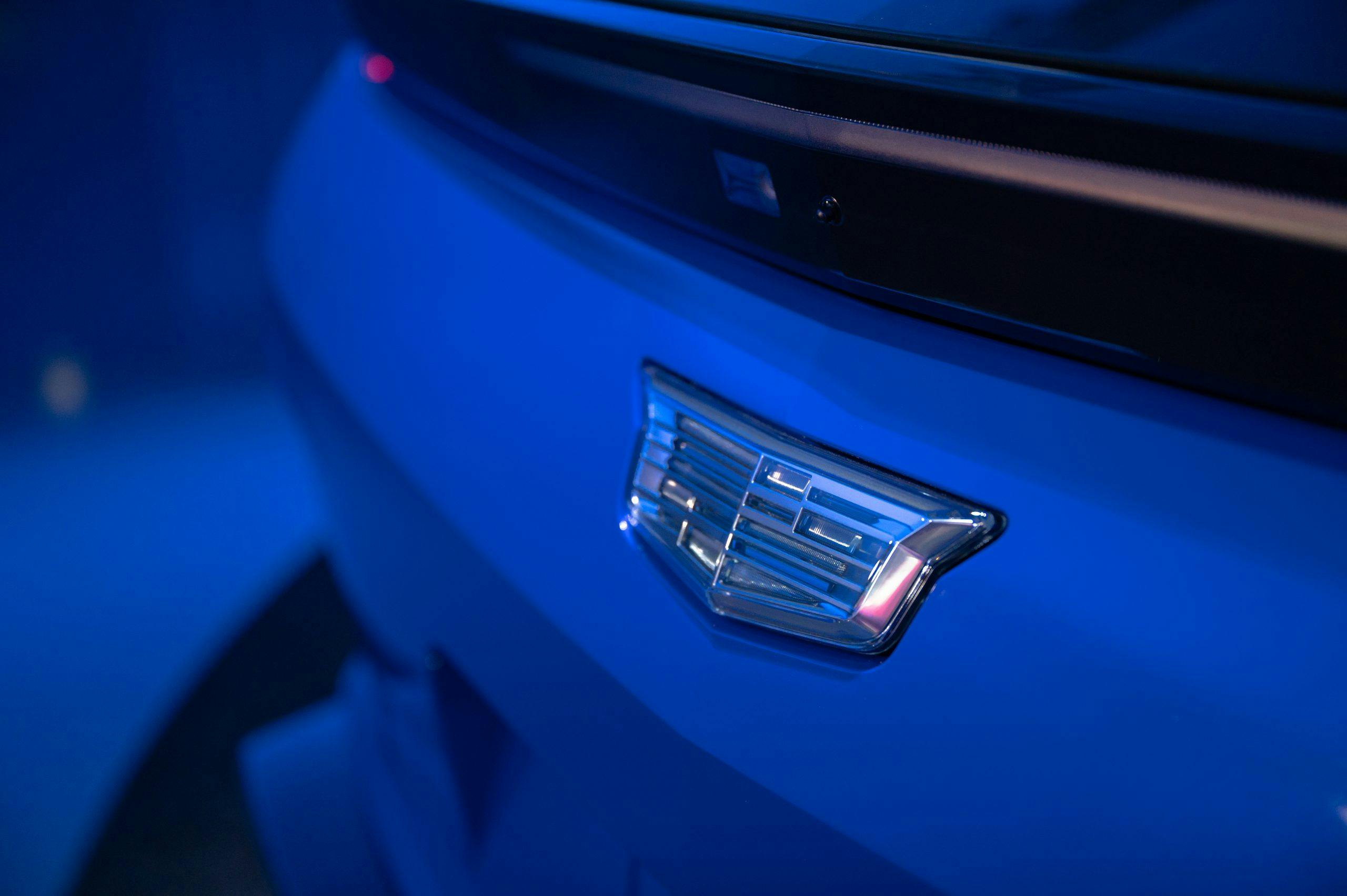
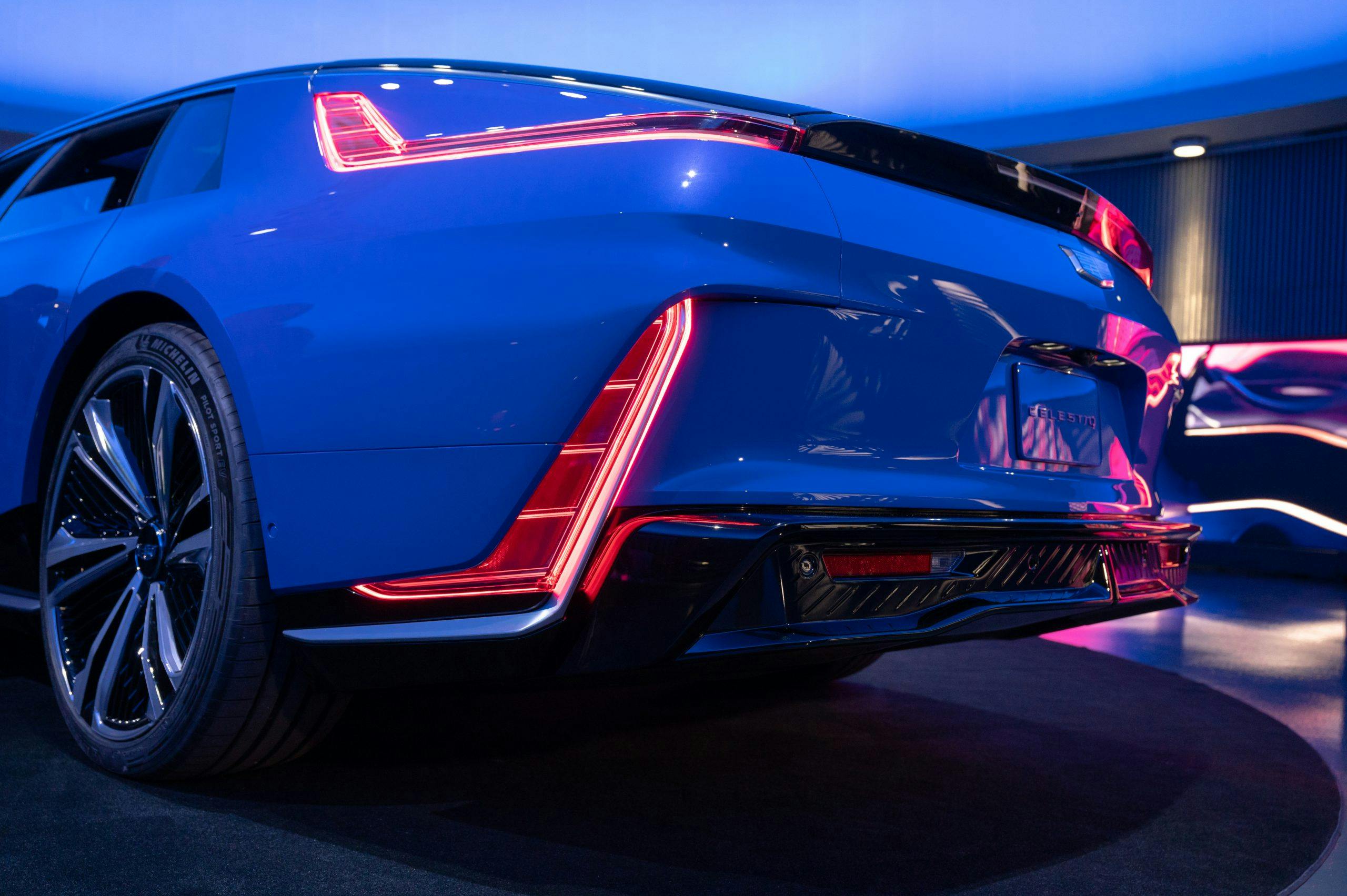
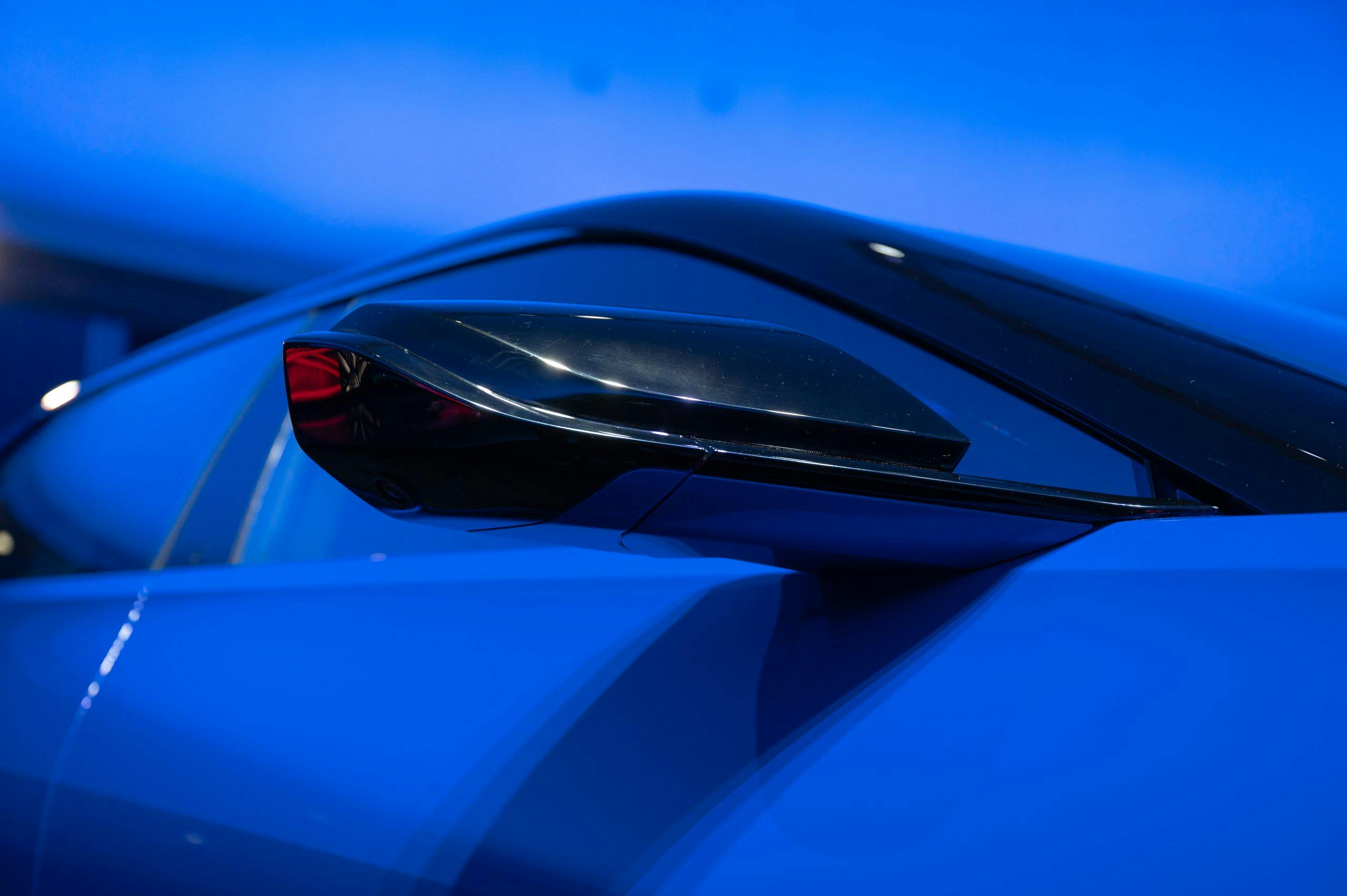

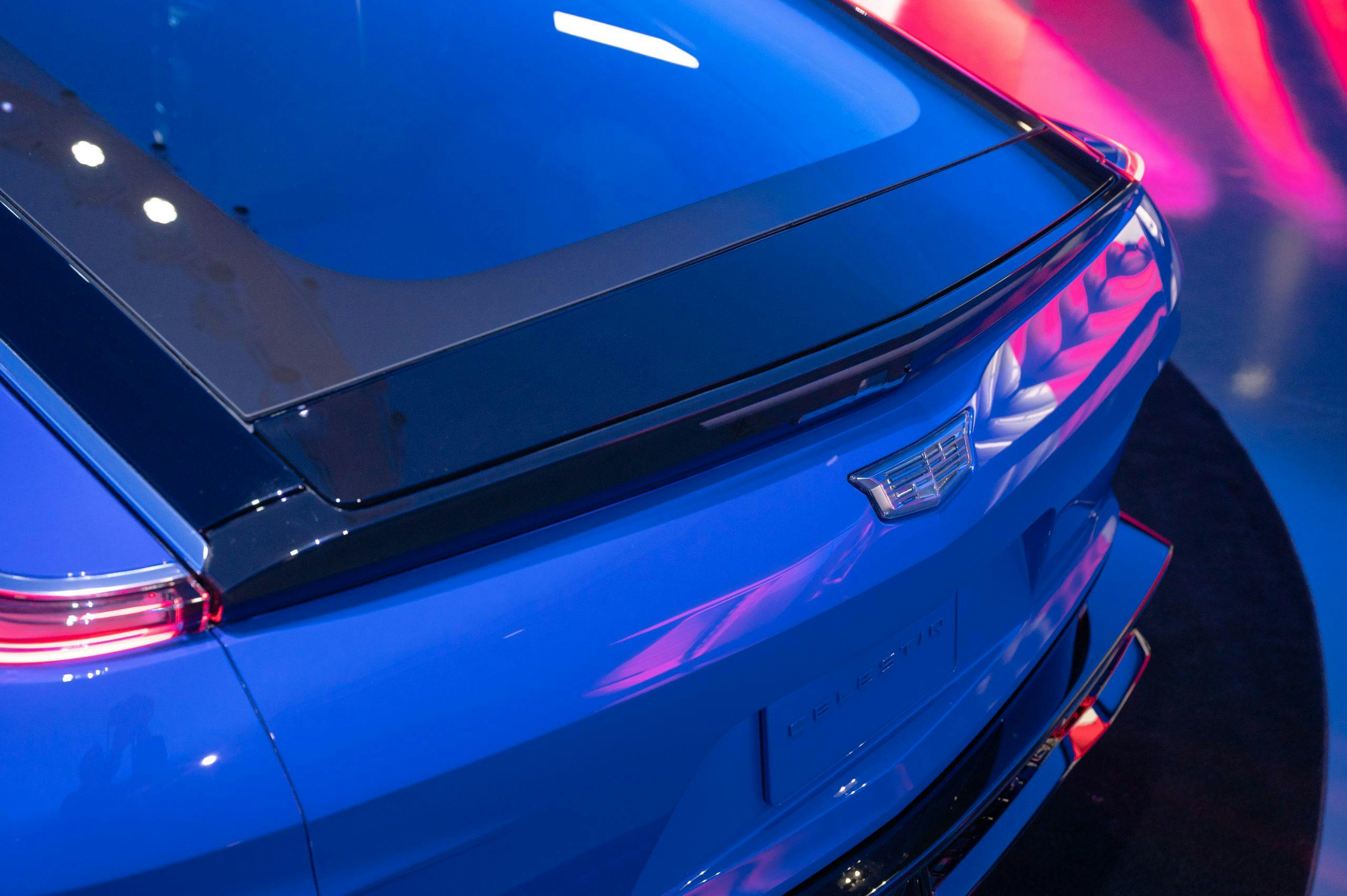
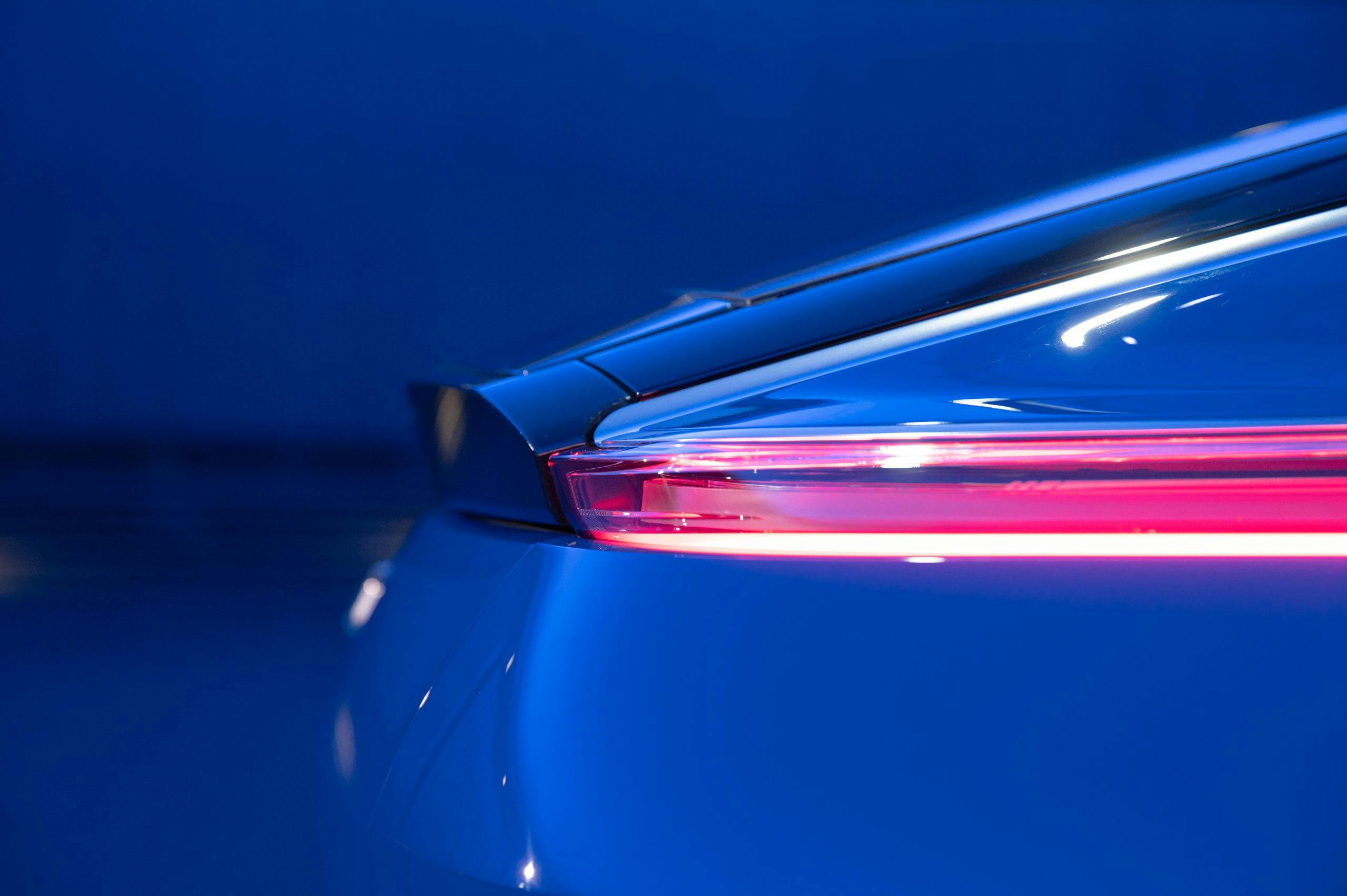

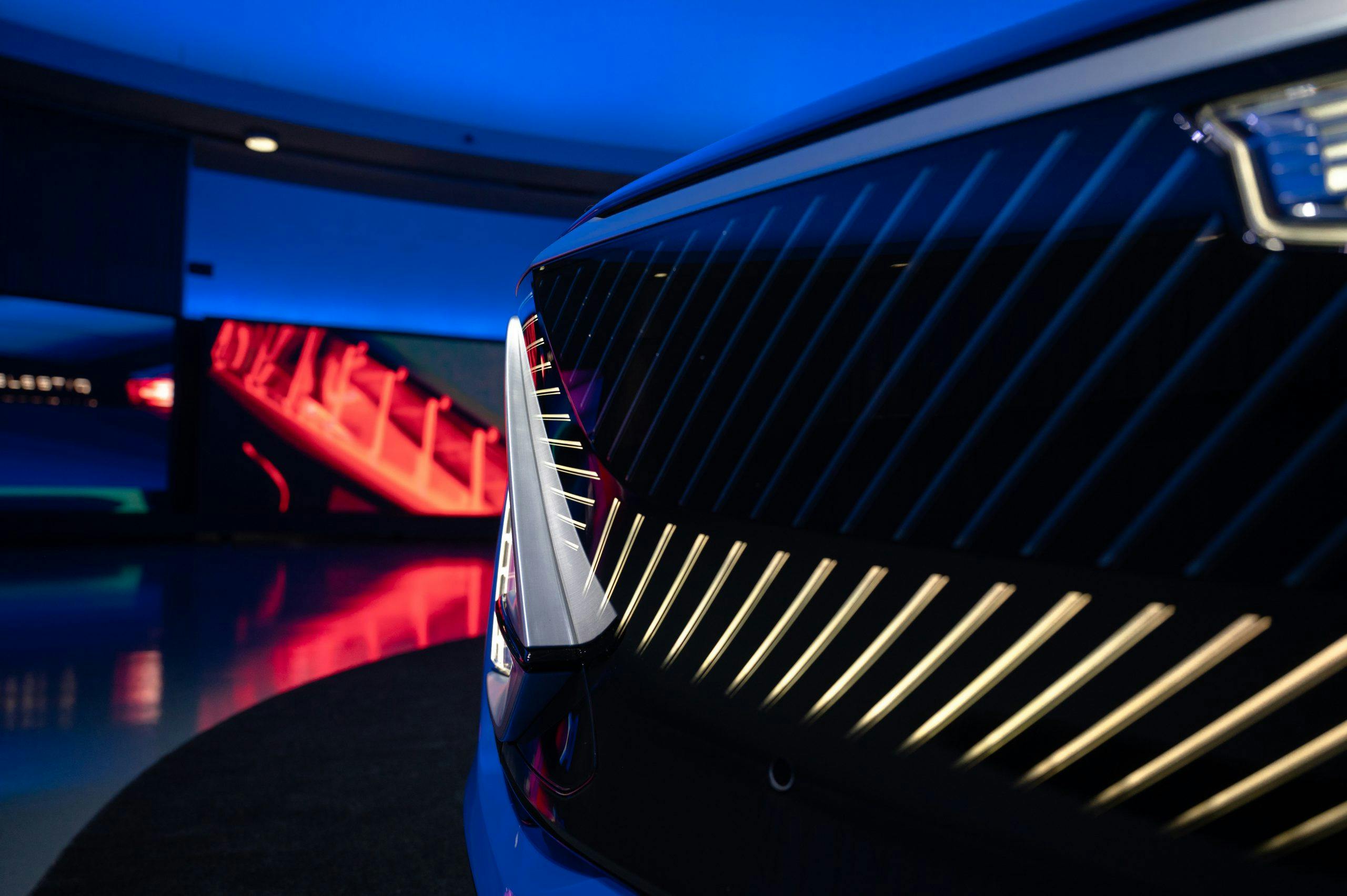

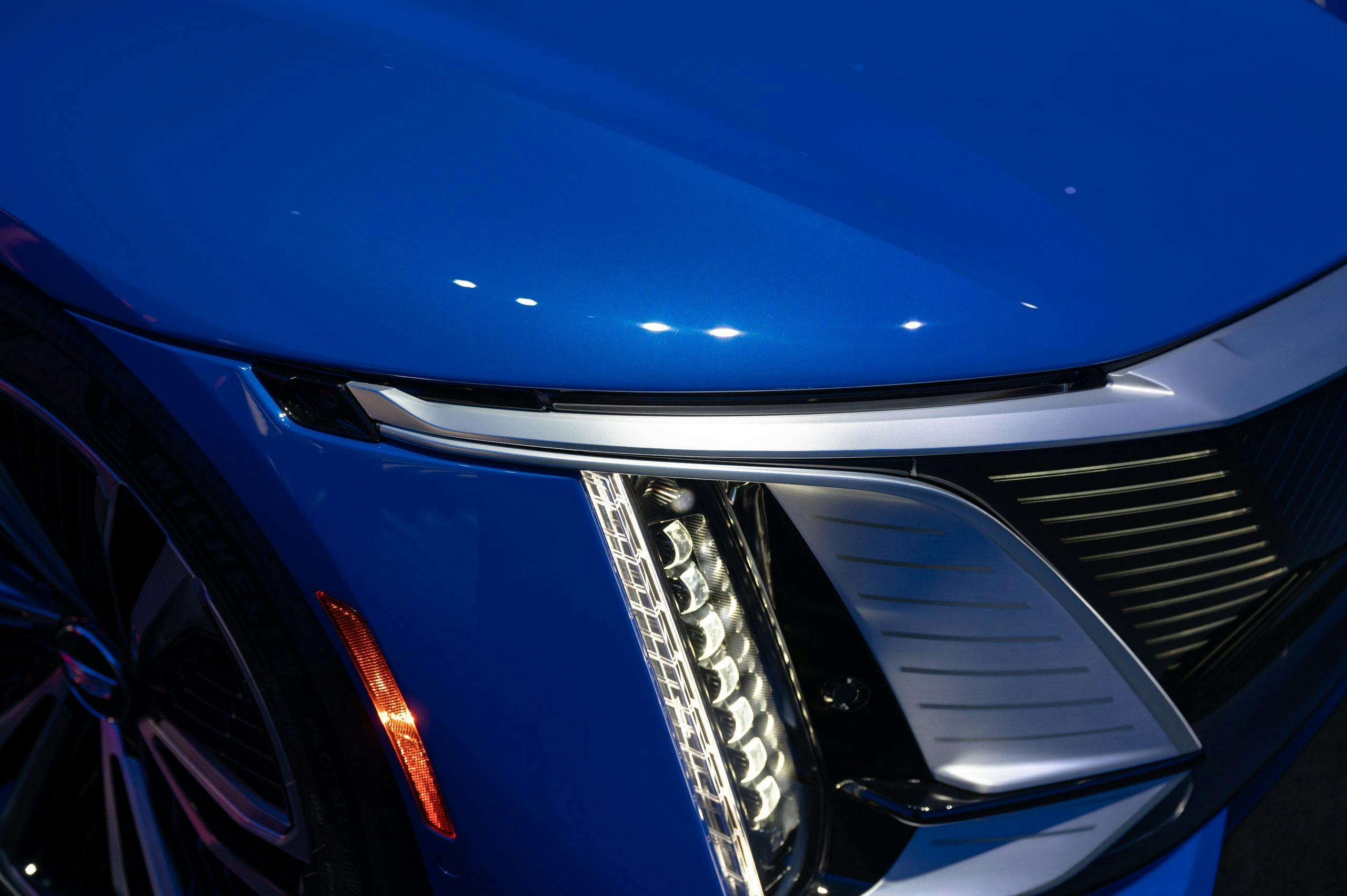
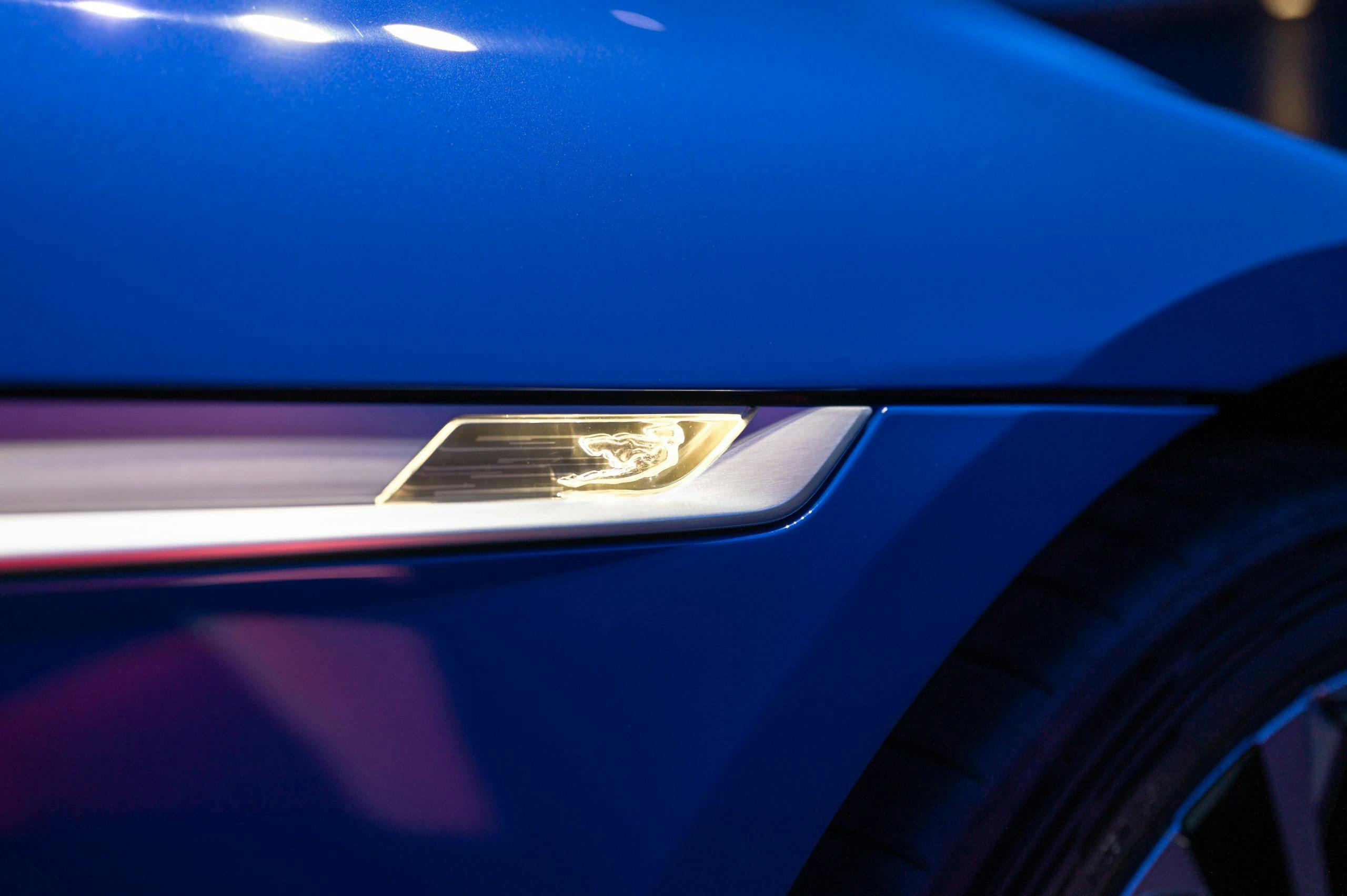
















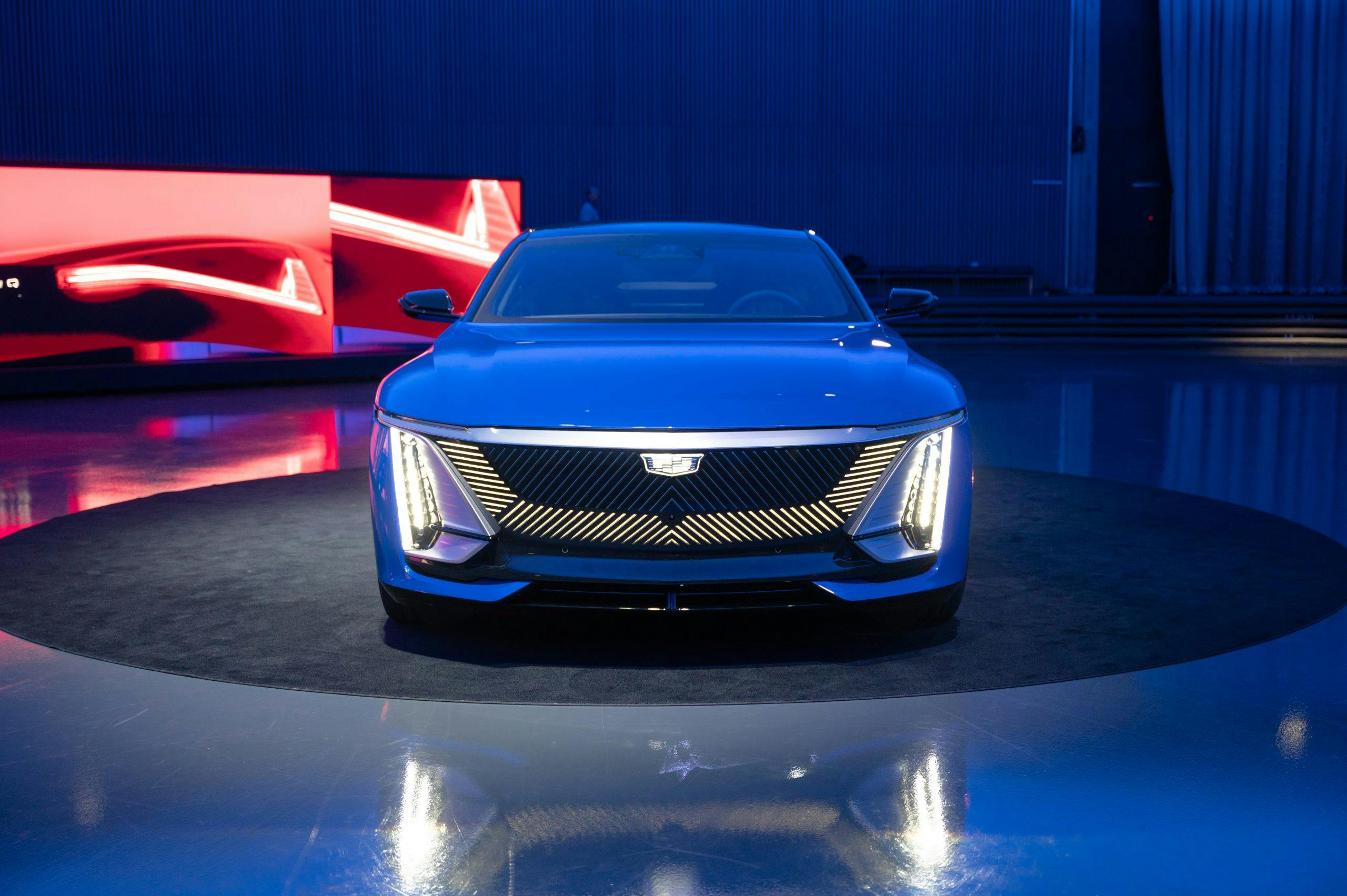


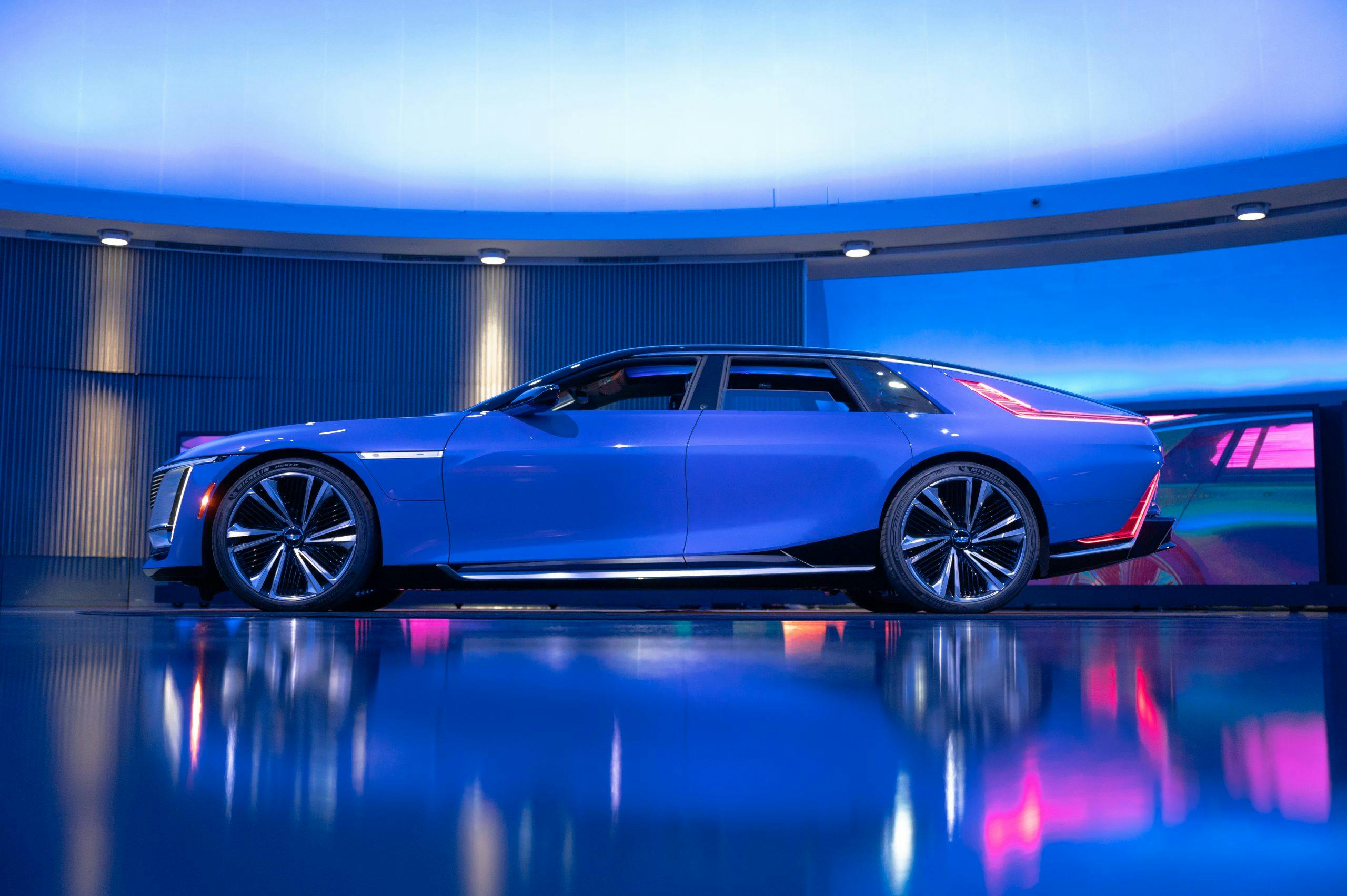



























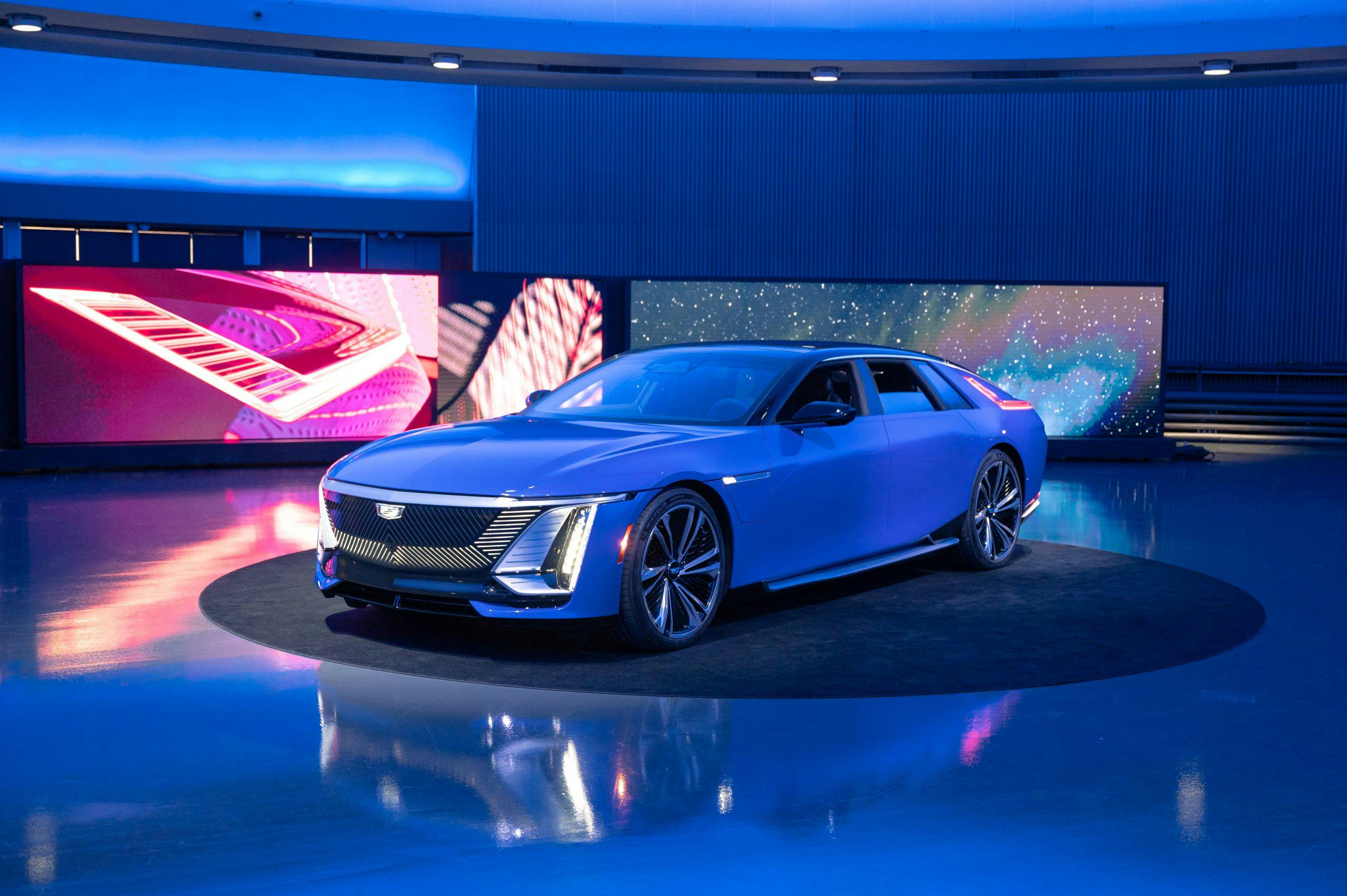
It really is an interesting premise. So many would be super-luxury carmakers end up failing, undone by the tremendous costs of all those small unseen details which are critically important to the performance, ride, safety and reliability of a vehicle. But with the resources of GM to supply most of these necessary parts, the designers have been unleashed to build whatever is within the limits of their imagination. This could actually turn out rather well…
Ralph Jones you nailed it! I was reading the comments to the end to add my two cents worth and came across you.That’s exactly the word I was going to use. Great minds do think alike. Cheers!
But what about the rest of Cadillac’s regular buyers? I guess they don’t matter anymore to Cadillac’s market planners?
Cadillac Aztek? Do they only hire engineers now? What’s next GM? Put a Cadillac badge on a Tesla and call it the Cimarron?
Maybe it is just me, but those seats look like they took some 62 Corvair Monza buckets and slapped some headrests on. Not inviting at all, which echoes my opinion of the whole car.
Dear GM,
For years you have built concept cars for shows that you never produce. You get me all worked up as a consumer and when I’m ready to drop my load of cash on a possible future build… you tell me your not that type of company!!
You have many name plates under your belt which you could bring back but you don’t!
You let the Chrysler/ dodge boys stomp a hole in your@ss.
Why not hire guys that work on customizing and building cars to go beat the hell out of your bean counters and pocket protector crew…… and show them what we want in a vehicle!!! Im done…
Kinda reminds me of the whole Saturn project but I don’t think it will last as long as the Saturn. For what Cadillac wants to become once again they need to get out of the gold chain and bling era.
It is a Citroen in 2023. The 1960 French car had a lot to offer. I am not sure Caddy will match that unique milestone. Save some cash and the brand name, Back to the drawing board boys. Louis from Calgary.
PS. I liked the wagon.